15 years after my first visit in summer 2006, I was finally able to return to Belvedere on my way back from the upper peninsula. While this semi-private course had a reputation back then as a hidden gem, it’s become less hidden since then, appearing recently on many lists of Michigan’s best courses and even Golf Digest’s top 100 courses you can play. I was a big fan of Belvedere when I played it back then. I felt that the back nine had a few outstanding goals. Especially notable were the green complexes, several of which I felt were among the better ones that I’d seen.
But I’d also been hearing that it had gotten a lot better since then because the club had done a lot of work on the greens. So the course moved right up to the top of my list of ‘courses that I most need to see again in Michigan’ list.
While it’s fundamentally the same course that I saw in 2006, many of the fairway mowing lines around bunkers and greens had been expanded and most notably, many of the greens look to have been expanded. I couldn’t remember what all of these greens looked like before, but I’m almost certain that greens like eight and thirteen had been expanded because I don’t remember greens having what has become the most interesting feature at Belvedere: the mounds within the edges of several of the greens. Some of the greens, like the first, had short grass around them before but there was also a lot more of this than I can remember, although I couldn’t always tell you where.
So the verdict: it’s a very good course with one of the better sets of green complexes in the state. I agree with it’s recent placements at the low end of Golf Digest’s top 25 courses in the state and I’m fine with its placement near the bottom of the top 100 public courses list too, especially because there’s a lack of classic courses on that list.
But I’d also push back against those who’d put it in the state’s top 10 or very high on a list of top public courses. Much of the front nine is on uninteresting terrain and most of these holes lack tee-to-green interest. And although I really like the greens, I wouldn’t say that they’re one of the best sets that I’ve see because too much of the contouring is at the edges and doesn’t come into middle of the putting surfaces. The greens are large and most of the pinable areas are fairly flat.
Still, it’s a very good course and certainly one of the ones most worth visiting in northern Michigan. That’s in part because it’s so different from every other noteworthy public course in northern Michigan; classic in style, easily walkable, and without any severe/silly holes. It’s a perfect complement to an itinerary filled with places like Shanty Creek or Boyne Highlands.
One hole that I don’t think has changed much is the par 4 first: it’s still a beautiful downhill drive and an approach to a green with interesting run-offs on the left side and back. These were mowed as short grass in 2006 although there may not have been as much short grass coming into the green. It’s an excellent green complex and gets the course off to a fine start.
But I’d also been hearing that it had gotten a lot better since then because the club had done a lot of work on the greens. So the course moved right up to the top of my list of ‘courses that I most need to see again in Michigan’ list.
While it’s fundamentally the same course that I saw in 2006, many of the fairway mowing lines around bunkers and greens had been expanded and most notably, many of the greens look to have been expanded. I couldn’t remember what all of these greens looked like before, but I’m almost certain that greens like eight and thirteen had been expanded because I don’t remember greens having what has become the most interesting feature at Belvedere: the mounds within the edges of several of the greens. Some of the greens, like the first, had short grass around them before but there was also a lot more of this than I can remember, although I couldn’t always tell you where.
So the verdict: it’s a very good course with one of the better sets of green complexes in the state. I agree with it’s recent placements at the low end of Golf Digest’s top 25 courses in the state and I’m fine with its placement near the bottom of the top 100 public courses list too, especially because there’s a lack of classic courses on that list.
But I’d also push back against those who’d put it in the state’s top 10 or very high on a list of top public courses. Much of the front nine is on uninteresting terrain and most of these holes lack tee-to-green interest. And although I really like the greens, I wouldn’t say that they’re one of the best sets that I’ve see because too much of the contouring is at the edges and doesn’t come into middle of the putting surfaces. The greens are large and most of the pinable areas are fairly flat.
Still, it’s a very good course and certainly one of the ones most worth visiting in northern Michigan. That’s in part because it’s so different from every other noteworthy public course in northern Michigan; classic in style, easily walkable, and without any severe/silly holes. It’s a perfect complement to an itinerary filled with places like Shanty Creek or Boyne Highlands.
One hole that I don’t think has changed much is the par 4 first: it’s still a beautiful downhill drive and an approach to a green with interesting run-offs on the left side and back. These were mowed as short grass in 2006 although there may not have been as much short grass coming into the green. It’s an excellent green complex and gets the course off to a fine start.
I think that most would agree that the weakness of Belvedere is the stretch of holes 2-5, excluding the long par 3 fourth. These play through flat, marshy terrain. But two and three are both still difficult par 4s because they’re fairly long (~430 apiece) and the greens are well-defended by bunkers. You also need to beware of marshy area right of the second fairway and the stream left of the third.
The long par 3 fourth is not a weakness however. On my last visit, I thought that this was the best hole on the front nine and one of the three or four best on the course. I’m not sure that I still hold either of those beliefs, but more because of other holes having gotten better or just being better than I realized.
As it should be, there’s ample room to run the ball onto the green here. The green edges are outstanding although these short grass areas were much soften than I would have liked. It had rained pretty good the night before but I think that there might be a bit too much bent grass in them and they might be a bit long to work well in any except the driest conditions.
As it should be, there’s ample room to run the ball onto the green here. The green edges are outstanding although these short grass areas were much soften than I would have liked. It had rained pretty good the night before but I think that there might be a bit too much bent grass in them and they might be a bit long to work well in any except the driest conditions.
I thought that the par 5 fifth was the least interesting hole on the course before and I think that I still agree with that (two is close). But it’s a pretty good driving hole, with a bunker on the right cutting into the fairway at about 250, penalizing those who hedge away from the out-of-bounds on the left.
I also remember not thinking much of the medium-length par 4 sixth but this is one hole where my assessment improved a bit on the second visit. It’s a more interesting driving hole than I remembered. There’s about a 200 yard carry over the right fairway bunker but this is also one of those cases where trees help make a shot interesting; you either need to carry the tree next to the bunker or fade one around it to get to the optimal spot in the fairway.
The approach is uphill to a very good large, heavily back-to-front sloping green.
The approach is uphill to a very good large, heavily back-to-front sloping green.
I had remembered the long par 4 seventh one of the other best holes on the front nine but I think that I was a bit less impressed the second time around. The fairway is very wide and there are bunkers up the right but unless you drive it >300, they’re not reachable. And they’re a bit of a red herring anyway because you’ll have a better chance to see the green from the left side of the fairway.
All the short grass around the green is very nice and just what you should have on such a long par 4. I’m pretty sure that the fairway width was much smaller here before. Again the green is large although the contours are fairly modest.
The uphill short par 3 eighth has seen the most notable improvements. I remember this being a nice, but standard par 3 before, with a roundish green and trees behind. Now the green is massive with very interesting contours at its edges. It’s gone from being a nice par 3 to a very good one.
Although I’m not sure that there have been many changes, the short par 5 ninth is a better hole than I remembered because the drive, which I thought was good, is actually outstanding. It’s certainly the best driving hole on the course.
The obvious features here are the three bunkers in the corner of the dogleg right. It’s about 260 to carry all of them and if you do this, it’ll just be a mid-short iron to the green. But I didn’t realize last time how important another feature plays in this drive: the road on the left, which is out-of-bounds. While there’s ample room short of about 240, there’s only about 50 yards between the bunker that cuts into the fairway and the road. If you have distance but play away from the bunkers, it’d be easy to run out to the road, especially if conditions are firm.
The obvious features here are the three bunkers in the corner of the dogleg right. It’s about 260 to carry all of them and if you do this, it’ll just be a mid-short iron to the green. But I didn’t realize last time how important another feature plays in this drive: the road on the left, which is out-of-bounds. While there’s ample room short of about 240, there’s only about 50 yards between the bunker that cuts into the fairway and the road. If you have distance but play away from the bunkers, it’d be easy to run out to the road, especially if conditions are firm.
The rest of the hole isn’t as interesting because the bunkering is generic and the green large and mostly flat, but this one of the best driving holes in the state and I think that that’s plenty enough.
While the front nine has its moments, the back nine is clearly stronger. The par 5 tenth is not a particularly demanding driving hole but if you’ve driven it far enough to get near the green, the second is. That’s because there are staggered bunkers leading into the green for about the last 100 yards. Again, the green is large and fairly modest.
Although the fairway on the ~400 yard eleventh is wide and the drive doesn’t look particularly interesting, it’s important to be up the left side to improve the visibility into what must be one of the best greens in the state. A big part of why I like the green so much is how well its contours blend in with their surroundings. The area around the green is some of the most rolling that we’ve encountered so far and the green appears to roll along with it, although I’m sure that there was some earth movement here.
The longer par 4 twelfth starts with an interesting, semi-blind drive. There are some visual cues here in the form of trees left and right. You can also tell that the land slopes off to the right of the fairway. This should clue you in that you want to keep your drive up the left.
The fairway on thirteen, another mid-length par 4, runs along the base of the hill that we played across on twelve. I remembered liking this hole before but I don’t remember the green as having been anything special. That has certainly changed—the green now has wild contours at its edges, which must have been obscured by rough before. This must be one of the best examples of the improvements that the club has made throughout the course.
I remember the green on the par 3 fourteenth as being in poor condition as the surrounding trees weren’t allowing it enough sun. But the trees have been cut back and the large green was in excellent condition this time.
Although long hitters would tear it up, the short par 5 fifteenth is a good hole for the rest of us. The primary feature here is the bunker on the right although even from the back tees, it’s only about a 220 carry. The fairway drops right down a steep hill past this and if it weren’t for the overhanging trees on the right, long hitters would easily be able to reach the lower level of the fairway.
I wasn’t a fan of this hole before and I’m still not. Some of the trees on the right should go, but that would also enable long hitters to cut the corner too easily. I think that the best approach would be to remove some of the trees and then build a tee 50 or 60 yards back. There’s plenty of room behind the fourteenth green and they’ve cleared a lot of trees there which makes me think that they’re thinking of doing this.
I wasn’t a fan of this hole before and I’m still not. Some of the trees on the right should go, but that would also enable long hitters to cut the corner too easily. I think that the best approach would be to remove some of the trees and then build a tee 50 or 60 yards back. There’s plenty of room behind the fourteenth green and they’ve cleared a lot of trees there which makes me think that they’re thinking of doing this.
But I and everyone else are big fans of the sixteenth, which is a great short par 4. It’s the most rolling hole on the course and features a deep green benched into the side of a hill at a diagonal with a steep run-off on the right.
While the great green seemed the same as before, I don’t remember this being such an interesting hole off the tee. The staggered bunkers make for a very interesting drive and for the best angle in, you want to be close to the one on the left, which starts at about 240 from the tips. It’s a good green to try and drive if you’ve got the distance because misses right leave manageable seconds. Just don’t miss left.
While the great green seemed the same as before, I don’t remember this being such an interesting hole off the tee. The staggered bunkers make for a very interesting drive and for the best angle in, you want to be close to the one on the left, which starts at about 240 from the tips. It’s a good green to try and drive if you’ve got the distance because misses right leave manageable seconds. Just don’t miss left.
The green complex has some of my favorite shaping anywhere. Like eleven, the rolls at the edges blend so nicely into their surroundings. It’s a bit severe if you miss right, but there’s still plenty of green surface to hit to, so it all works very well.
The par 3 seventeenth is the second of an excellent three-hole closing stretch. The green complex is a bit of a mirror image of the sixteenth, with the drop-off on the left. But it’s also quite large and there’s no reason to mess with the left side.
The fairway on the long par 4 eighteenth is generous, but there are bunkers up the right side to about 250 yards. It’s best to be on the right side of the fairway as the front-right of the green is open and it’s easiest to run the ball on the green on that side.
But while this is a good hole from tee-to-green, that part pales in comparison to the green, which is both the best on this course and one of the best that I’ve seen. Unlike most of the other interesting greens, the contours here are consistent through the green rather than just at the edges. That makes all pin placements interesting. I wish that a few more of the greens here had contours like this throughout. Of course, I wish that all other courses did too ;-)
While Belvedere has long been considered a very nice classic course in Michigan, it’s only recently that it has come to be considered one of the best classic courses in Michigan. And I think justly so. The expansion of mowing lines on and around the greens and some of the fairway bunkers is excellent, creating many interesting shots around the greens and giving you the opportunity to use the slopes to feed your approach shots into them (or into the bunkers…). I think that the current presentation of the course is exemplary; if all Golden Age courses were presented like this, we’d have even more excellent ones than we already do.
I mentioned at the outset and in a few of my comments on the holes that the courses could be more of a test of driving and that the contours could be a bit more consistent throughout the greens. Really, there’s pretty good balance in the driving challenges. There are some holes with stern fairway bunkering and the holes with less trouble off the tee (2,3,7) are some of the longer par 4s. It’s certainly not one of the tougher tests of driving that I’ve seen but on reflection, I think that it’s challenging enough. That’s one of the things that I get out of writing these reviews; in going through all the pictures and looking at the pictures/thinking about the holes, my thoughts become more well-considered.
I stand by my comment that while the contour at the edges of the greens is excellent, it’s a bit of a disappointment that this outstanding contouring doesn't extend through the greens. This is especially an issue because the greens are quite large. You can have (and I did have) a lot of long, straight putts and that’s something that keeps the course from that next level. Still the greens are very good and occasionally (11,18) outstanding.
But in the grand scheme of things, this is a minor reservation and only has bearing on whether I think this is a great course, not whether it’s a very good one. It’s certainly that. It’s certainly one of the best public courses in the state. It’s certainly on a list of the top half dozen courses that you should see in northern Michigan.
And I feel especially strongly about the last point because it complements the others that you’ll see so well. Most of the other courses, including the best ones (save for maybe Crystal Downs) have a lot of severity, with wild terrain, very deep bunkers, severe drop-offs around greens, etc. This course has none of those. Plus it’s walkable. So even if you might not think it’s the best course on a trip that includes Arcadia Bluffs, Kingsley, etc., it’s an excellent complement. But also clearly worth seeing in its own right and worth a stop if you’re anywhere near Charlevoix.
I mentioned at the outset and in a few of my comments on the holes that the courses could be more of a test of driving and that the contours could be a bit more consistent throughout the greens. Really, there’s pretty good balance in the driving challenges. There are some holes with stern fairway bunkering and the holes with less trouble off the tee (2,3,7) are some of the longer par 4s. It’s certainly not one of the tougher tests of driving that I’ve seen but on reflection, I think that it’s challenging enough. That’s one of the things that I get out of writing these reviews; in going through all the pictures and looking at the pictures/thinking about the holes, my thoughts become more well-considered.
I stand by my comment that while the contour at the edges of the greens is excellent, it’s a bit of a disappointment that this outstanding contouring doesn't extend through the greens. This is especially an issue because the greens are quite large. You can have (and I did have) a lot of long, straight putts and that’s something that keeps the course from that next level. Still the greens are very good and occasionally (11,18) outstanding.
But in the grand scheme of things, this is a minor reservation and only has bearing on whether I think this is a great course, not whether it’s a very good one. It’s certainly that. It’s certainly one of the best public courses in the state. It’s certainly on a list of the top half dozen courses that you should see in northern Michigan.
And I feel especially strongly about the last point because it complements the others that you’ll see so well. Most of the other courses, including the best ones (save for maybe Crystal Downs) have a lot of severity, with wild terrain, very deep bunkers, severe drop-offs around greens, etc. This course has none of those. Plus it’s walkable. So even if you might not think it’s the best course on a trip that includes Arcadia Bluffs, Kingsley, etc., it’s an excellent complement. But also clearly worth seeing in its own right and worth a stop if you’re anywhere near Charlevoix.
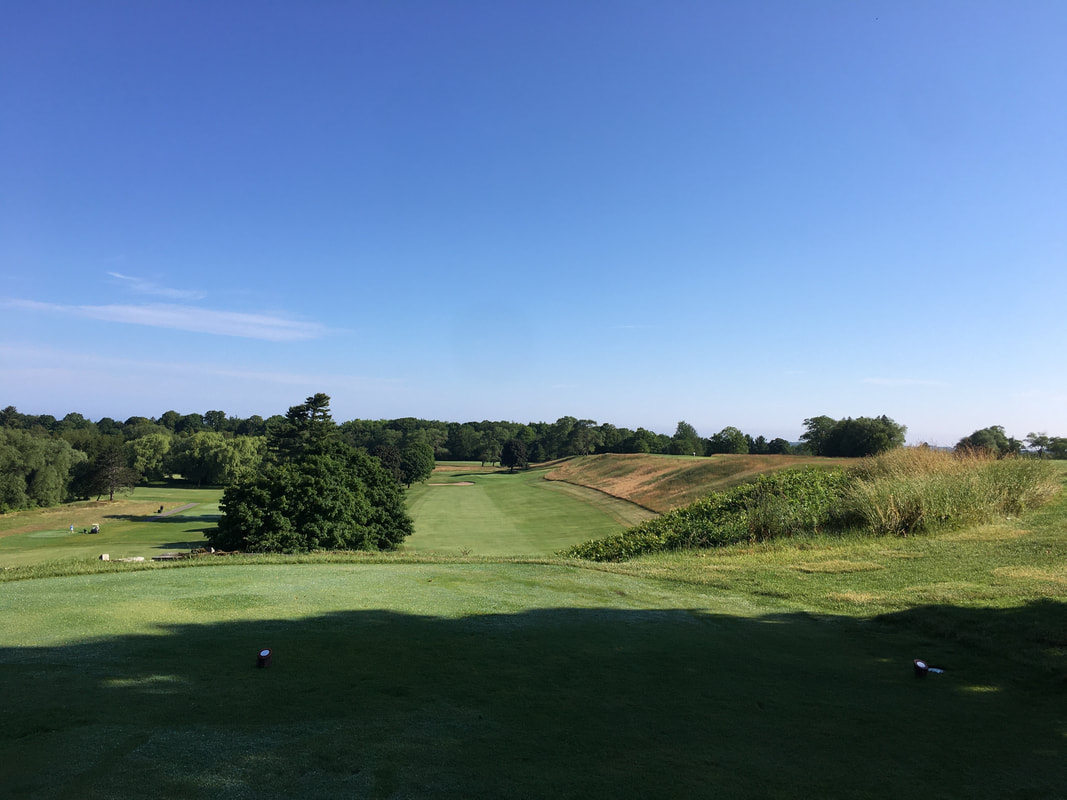
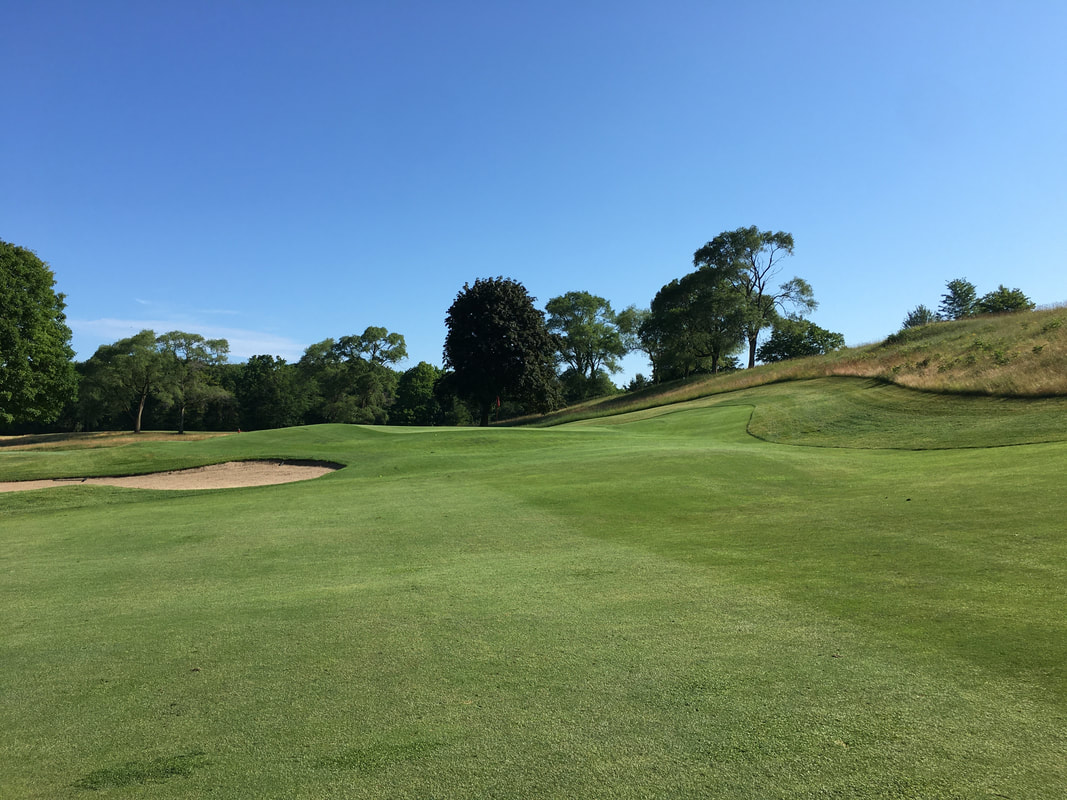
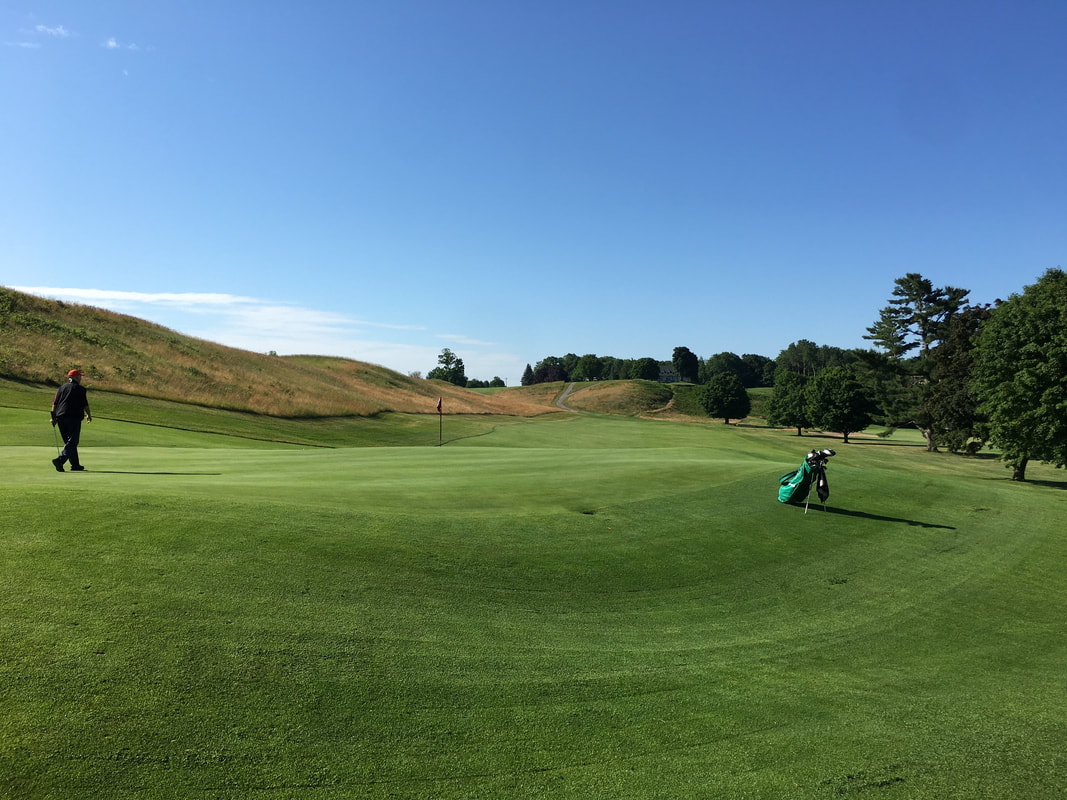
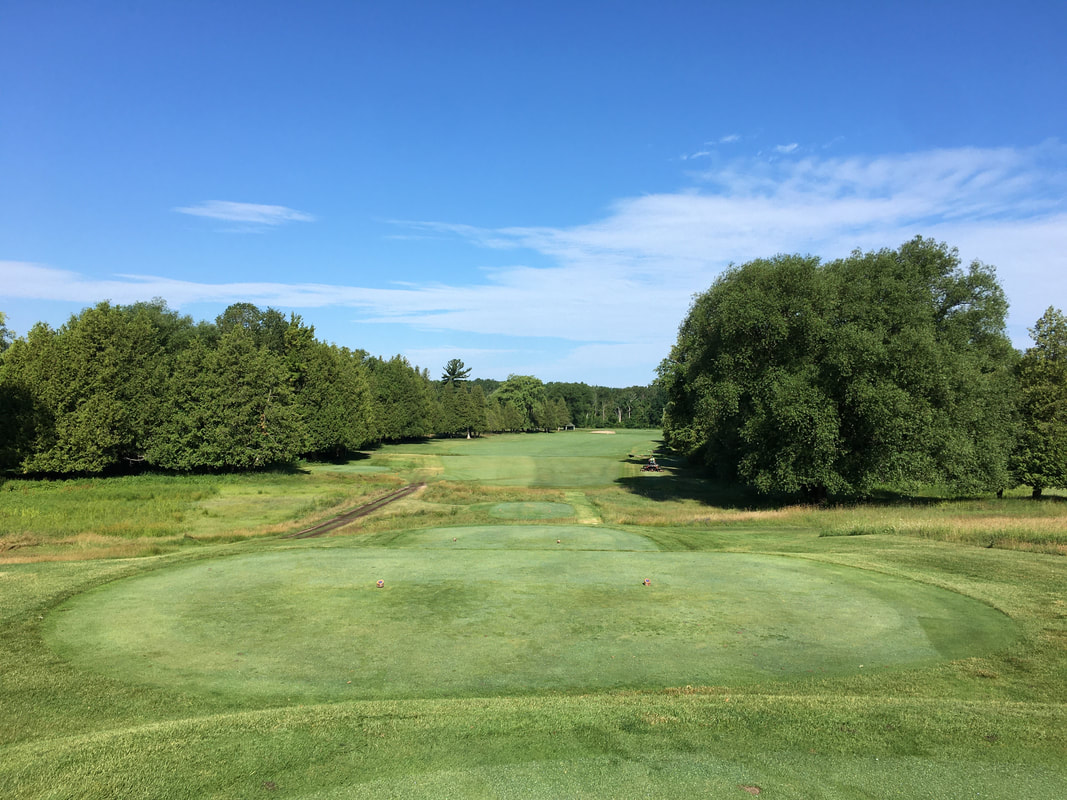
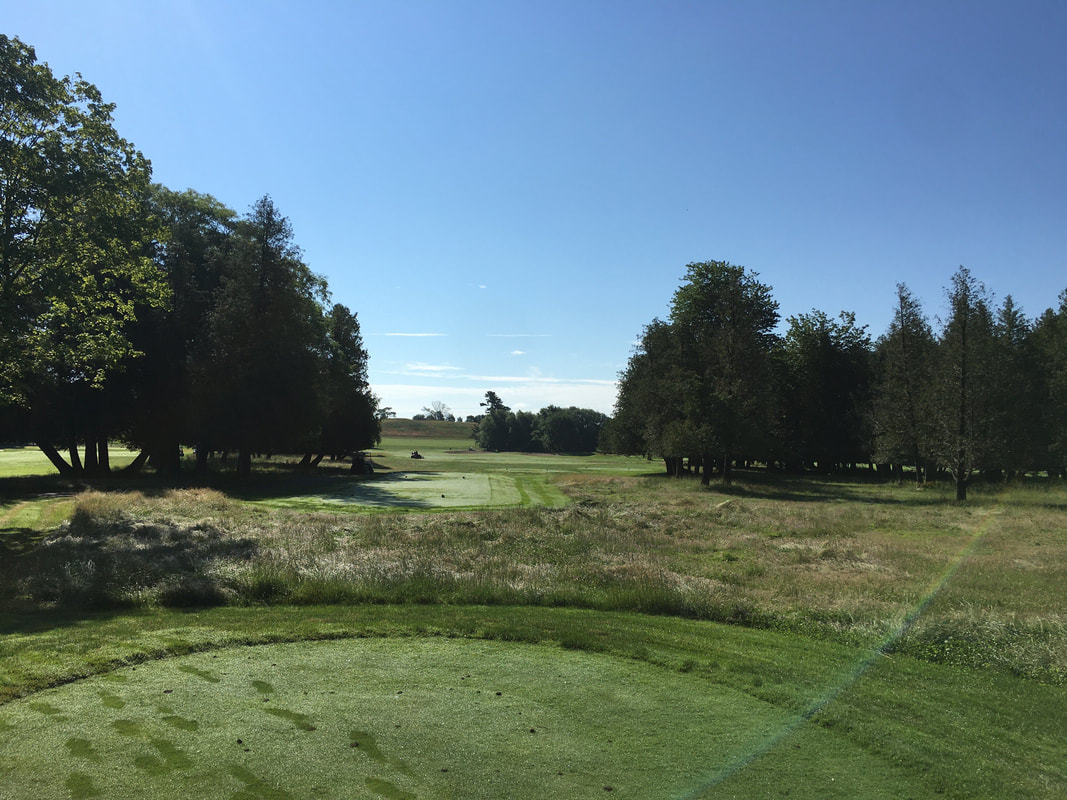
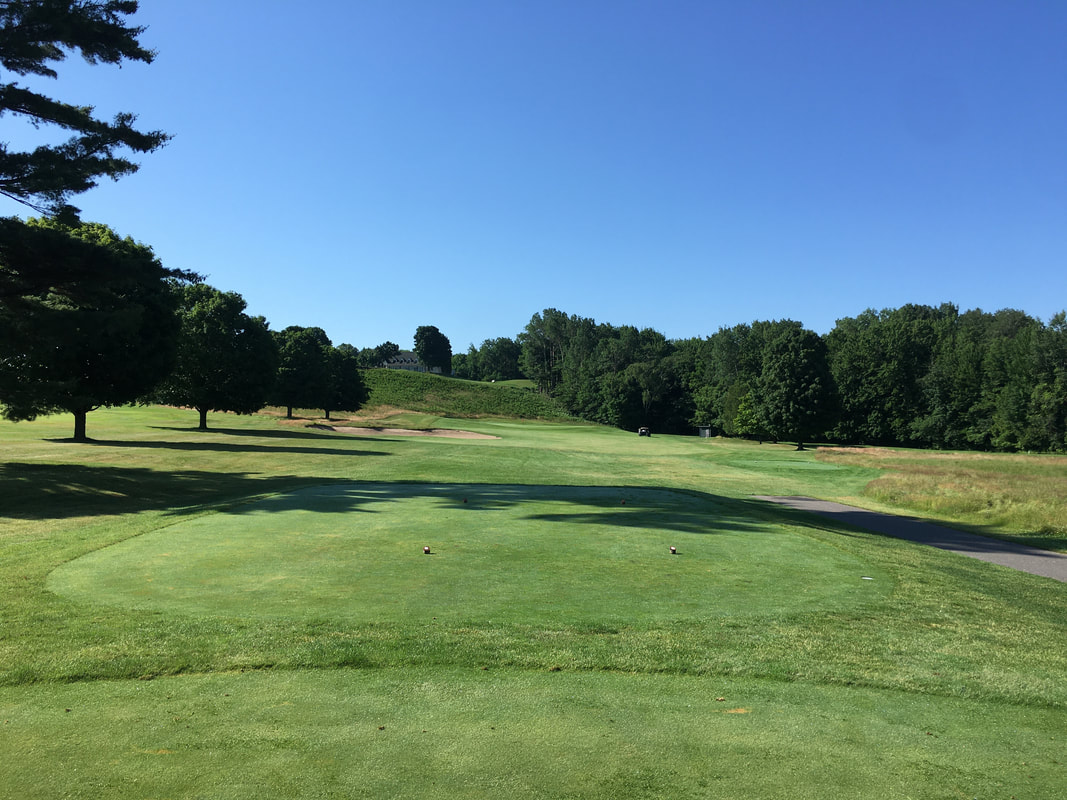
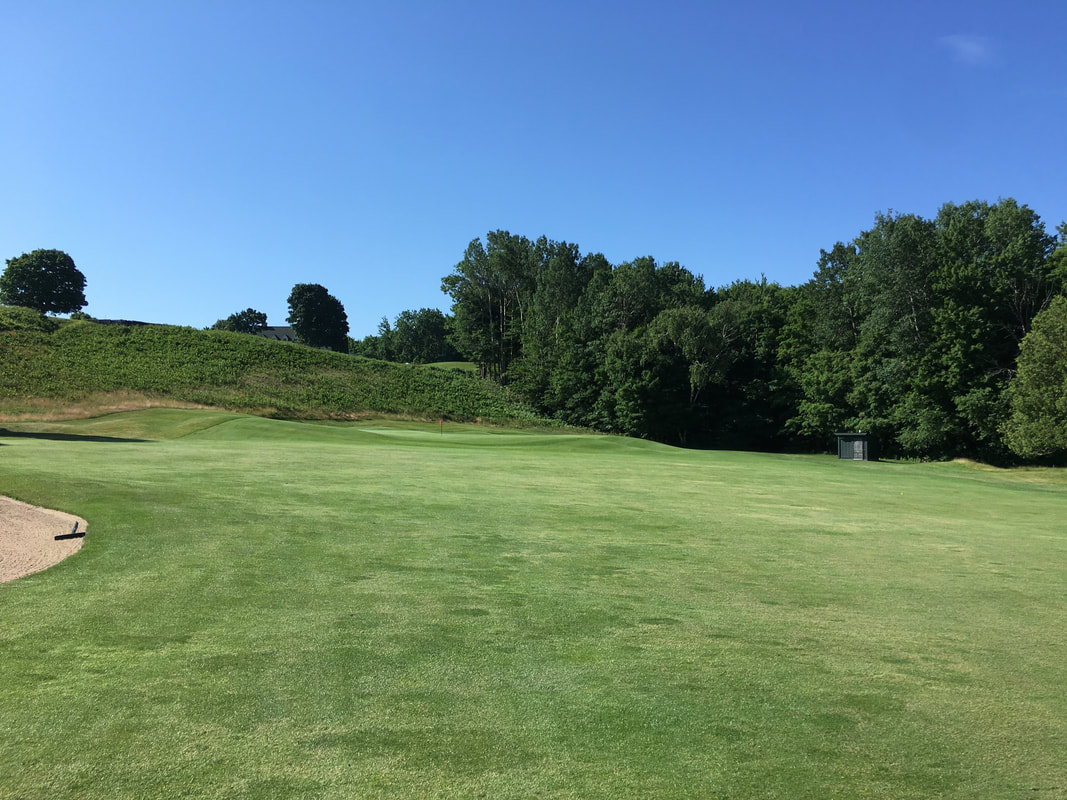
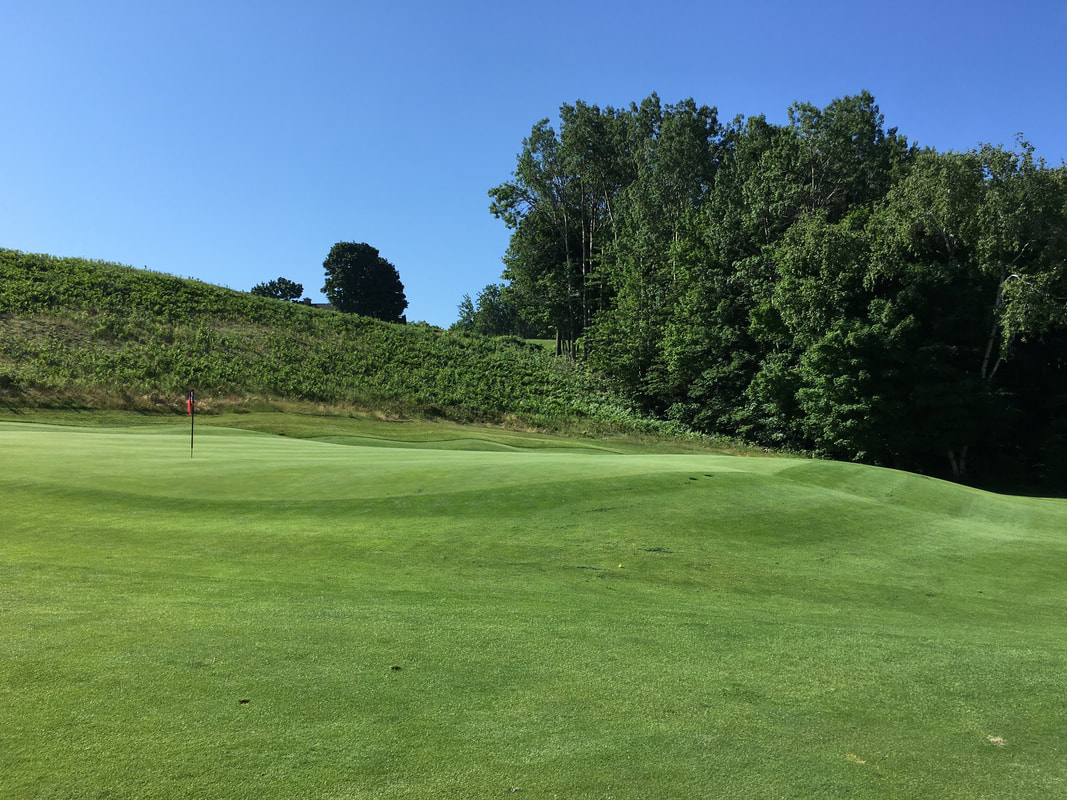
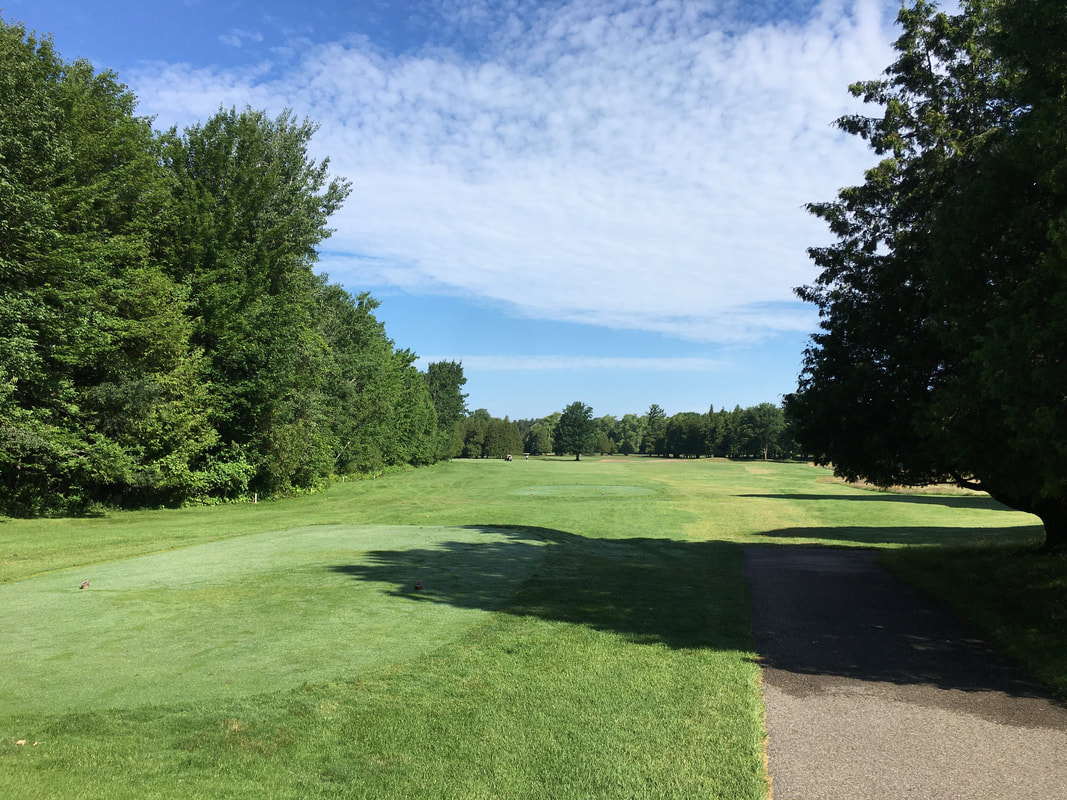

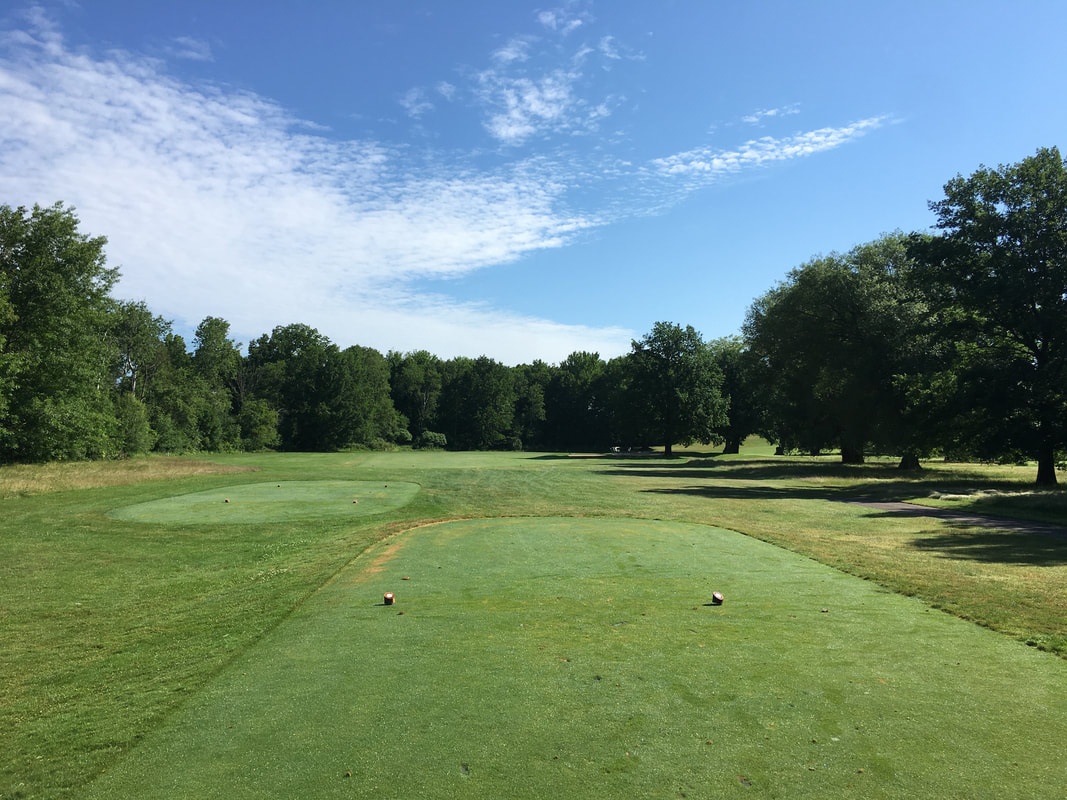
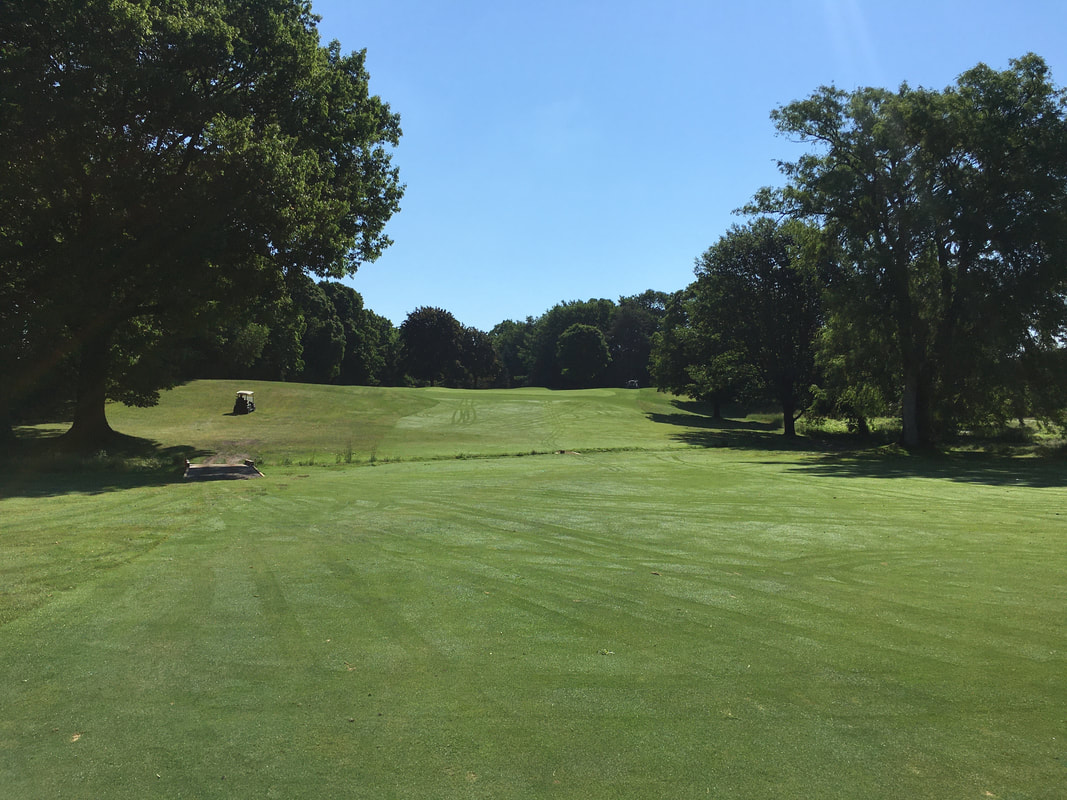
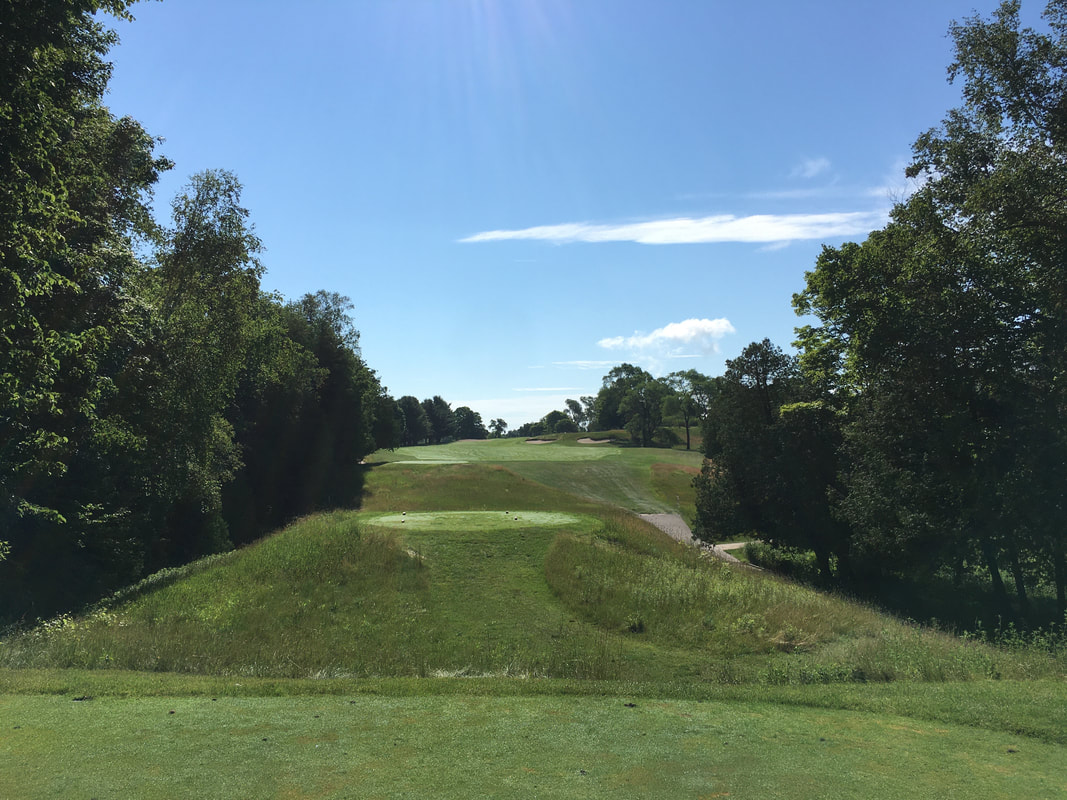
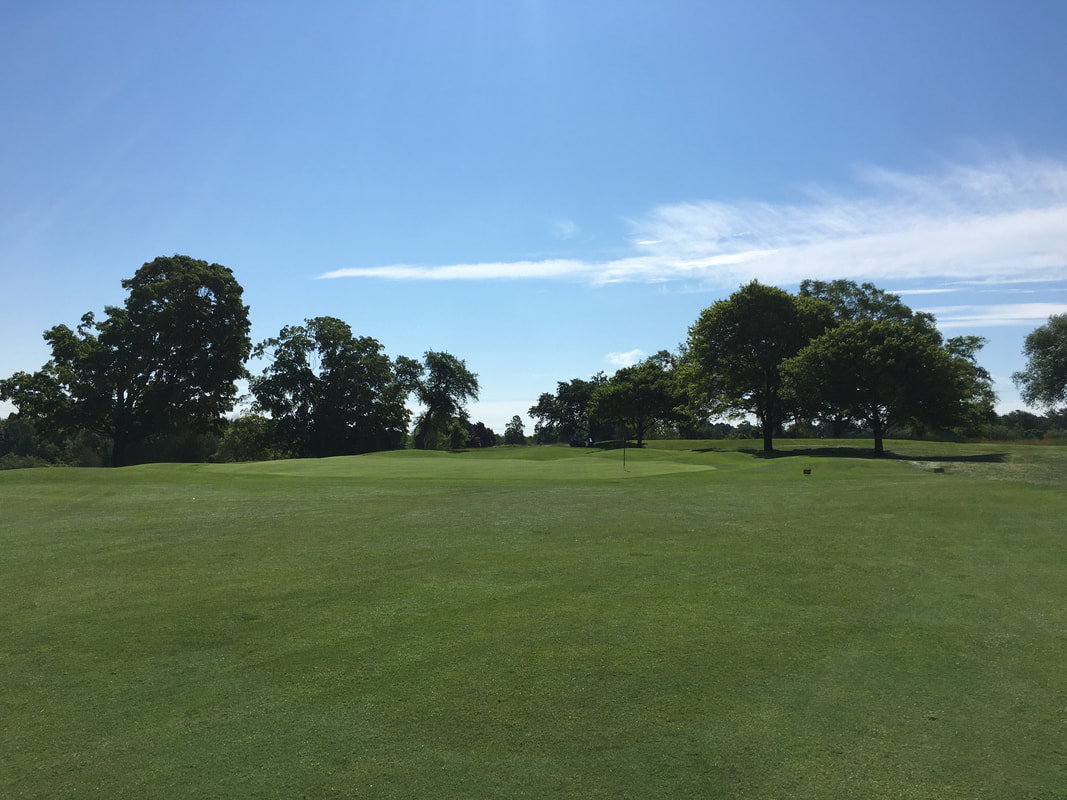
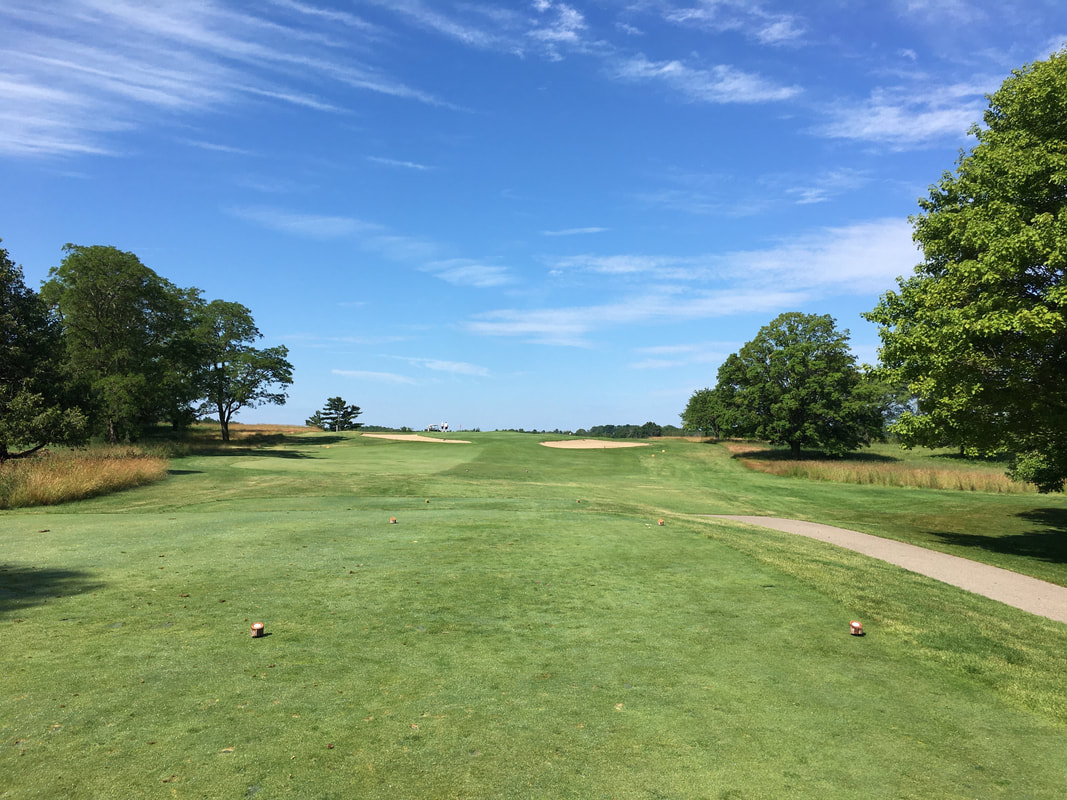
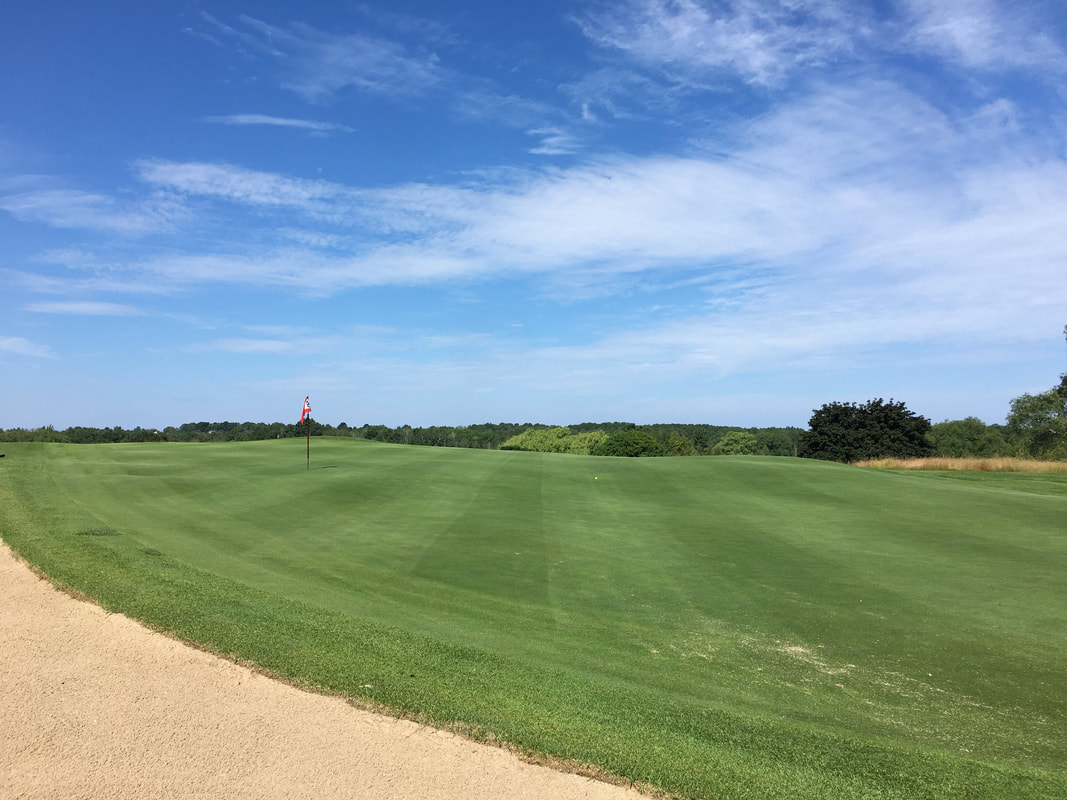
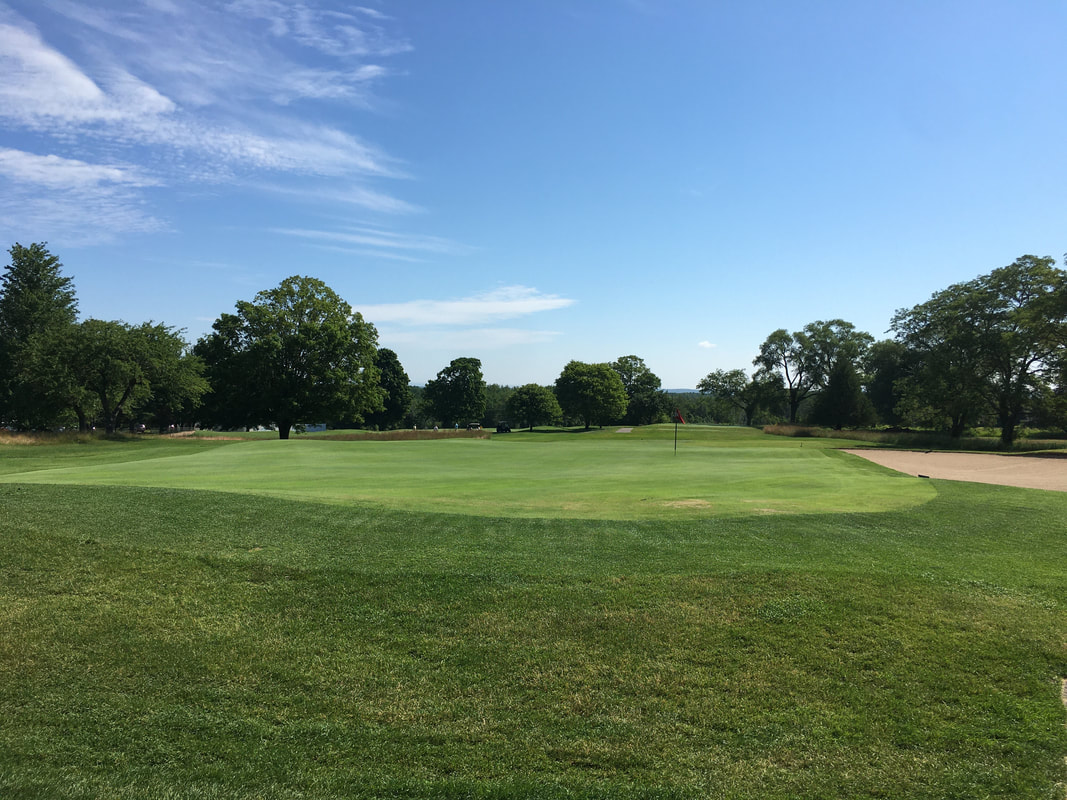
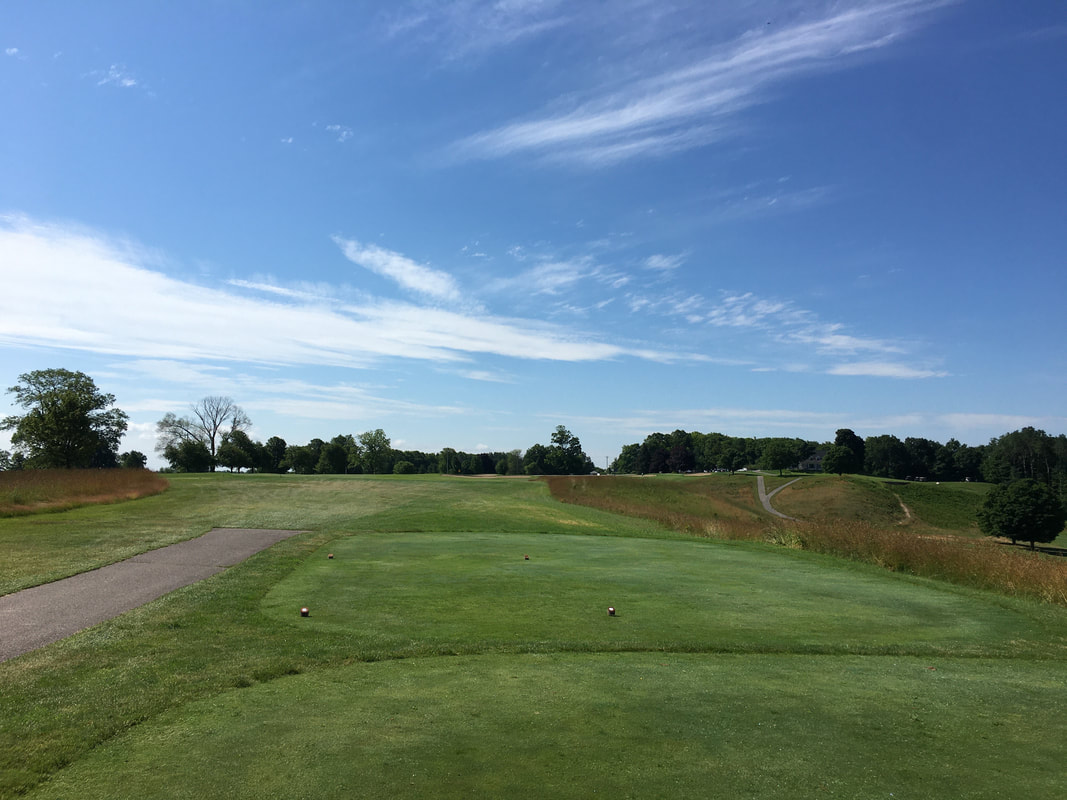

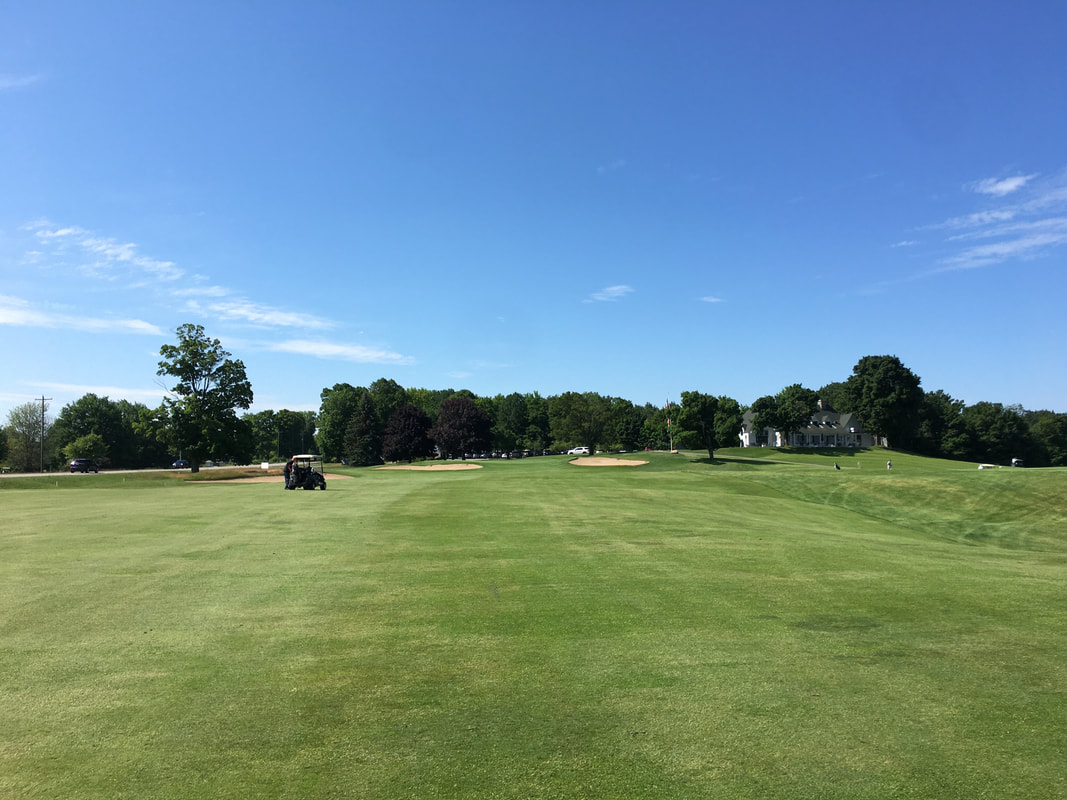
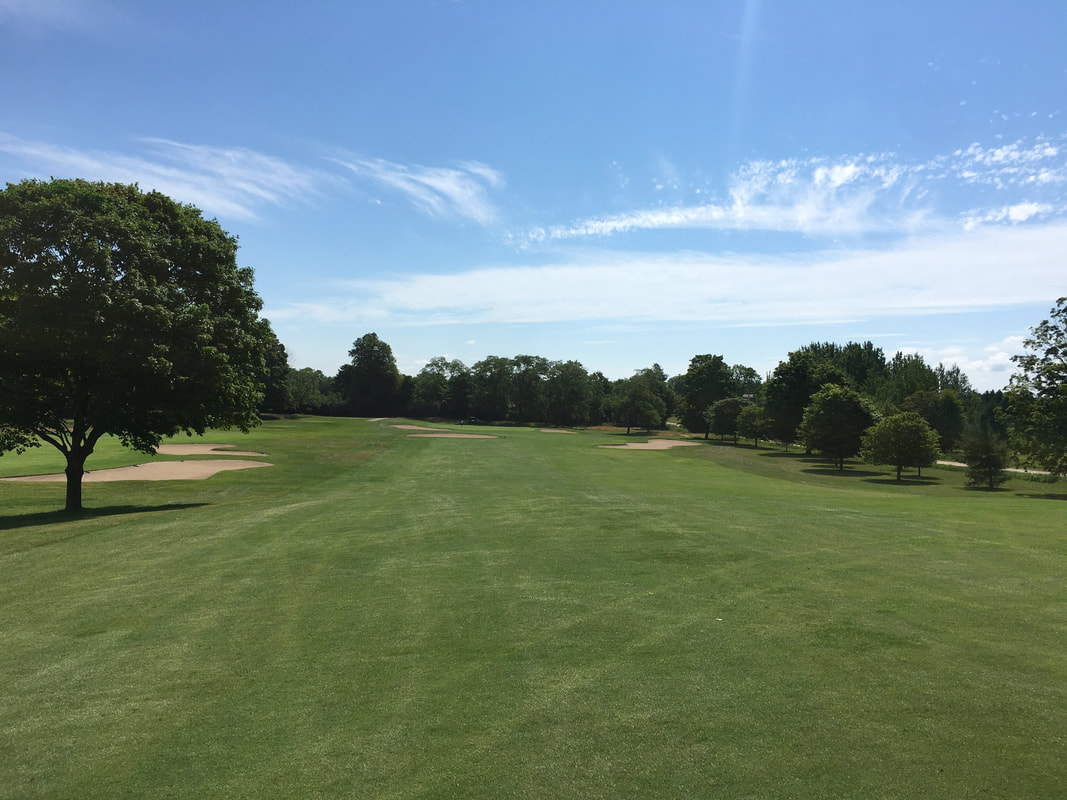
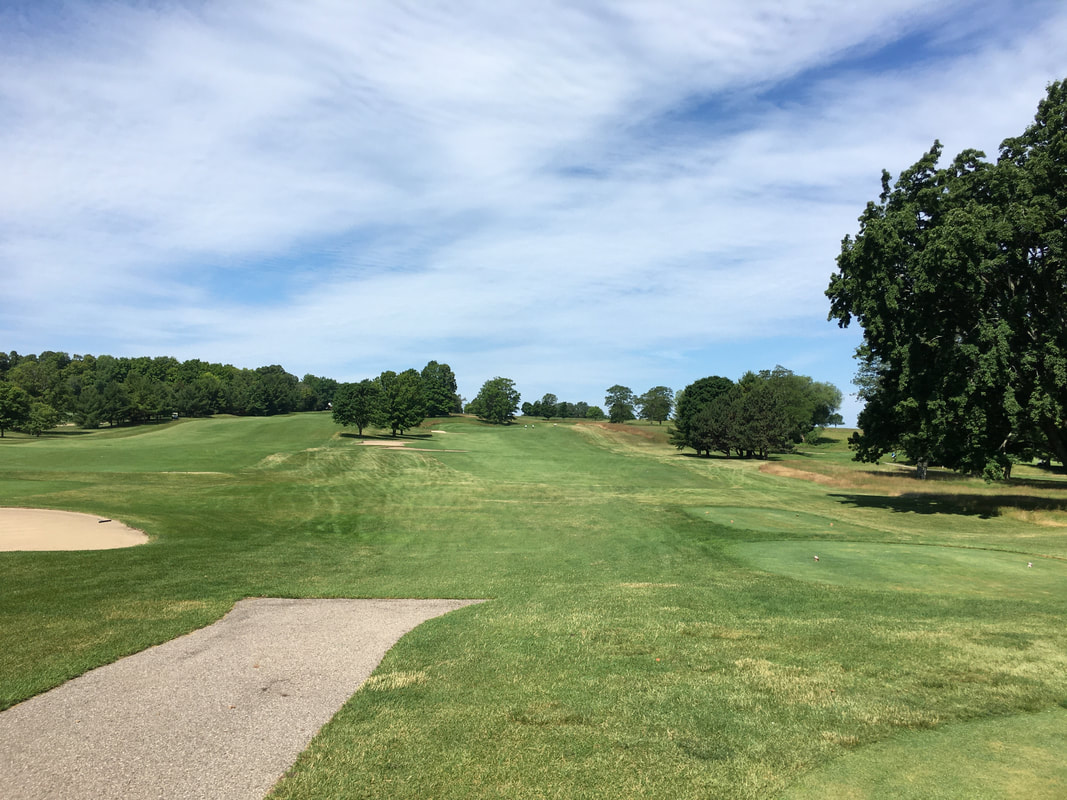
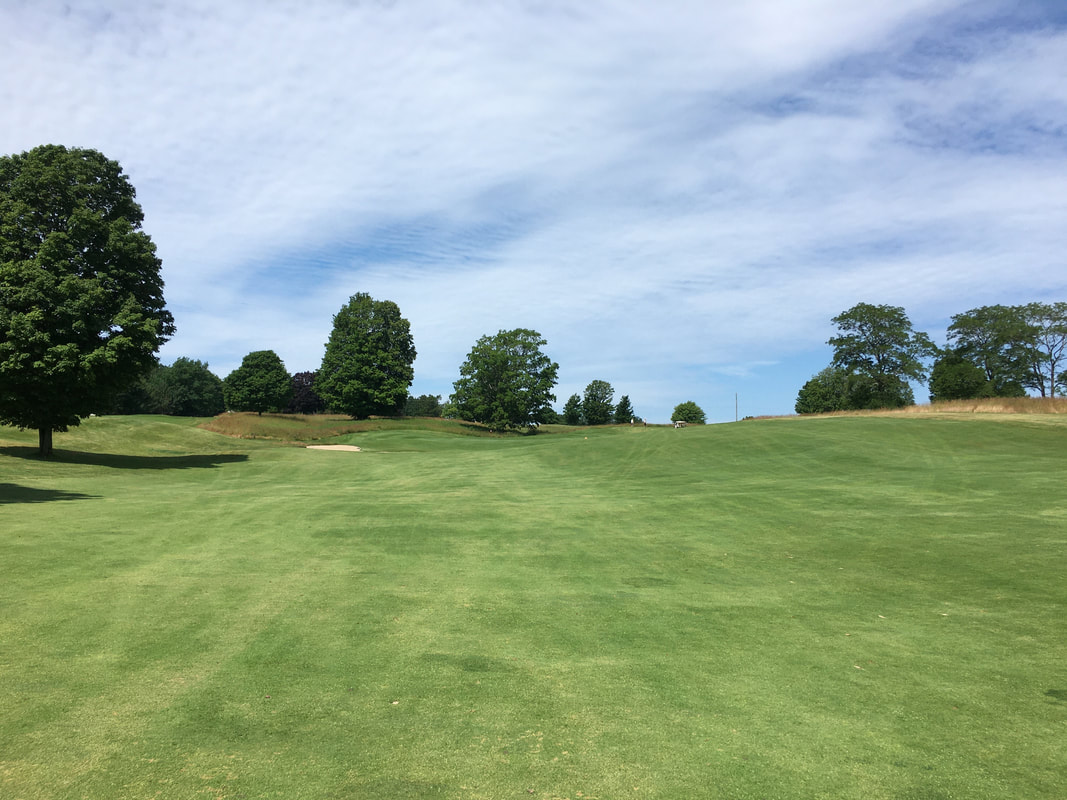
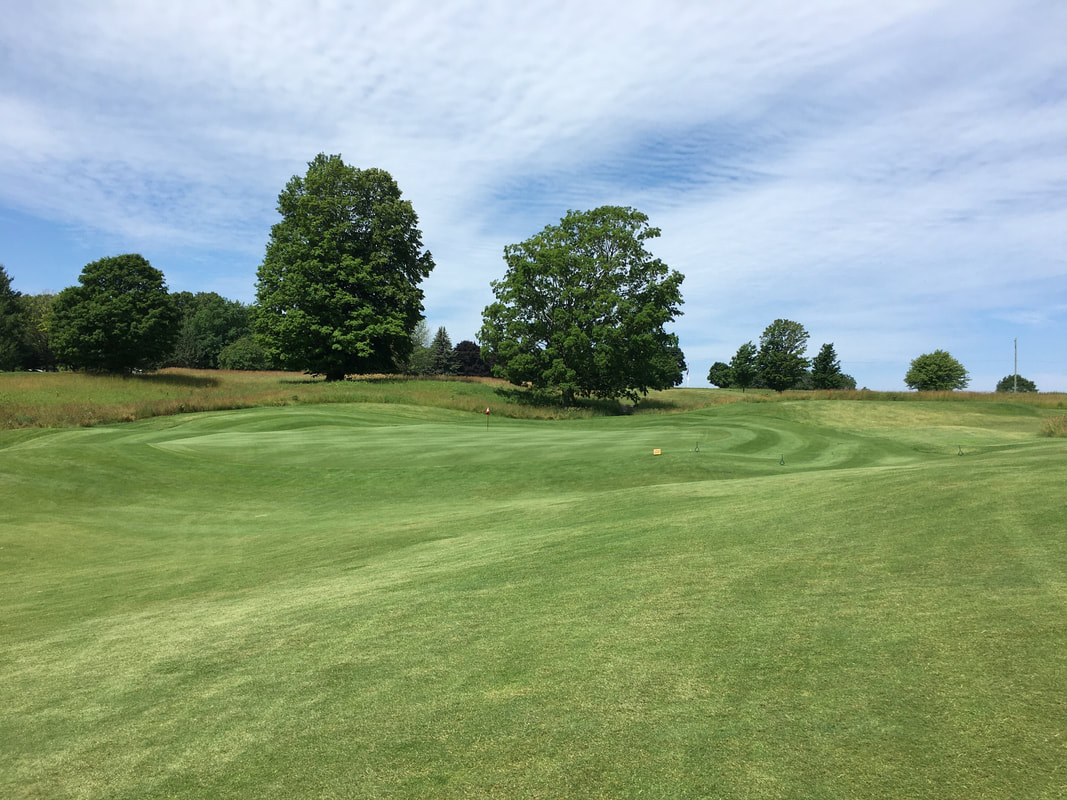
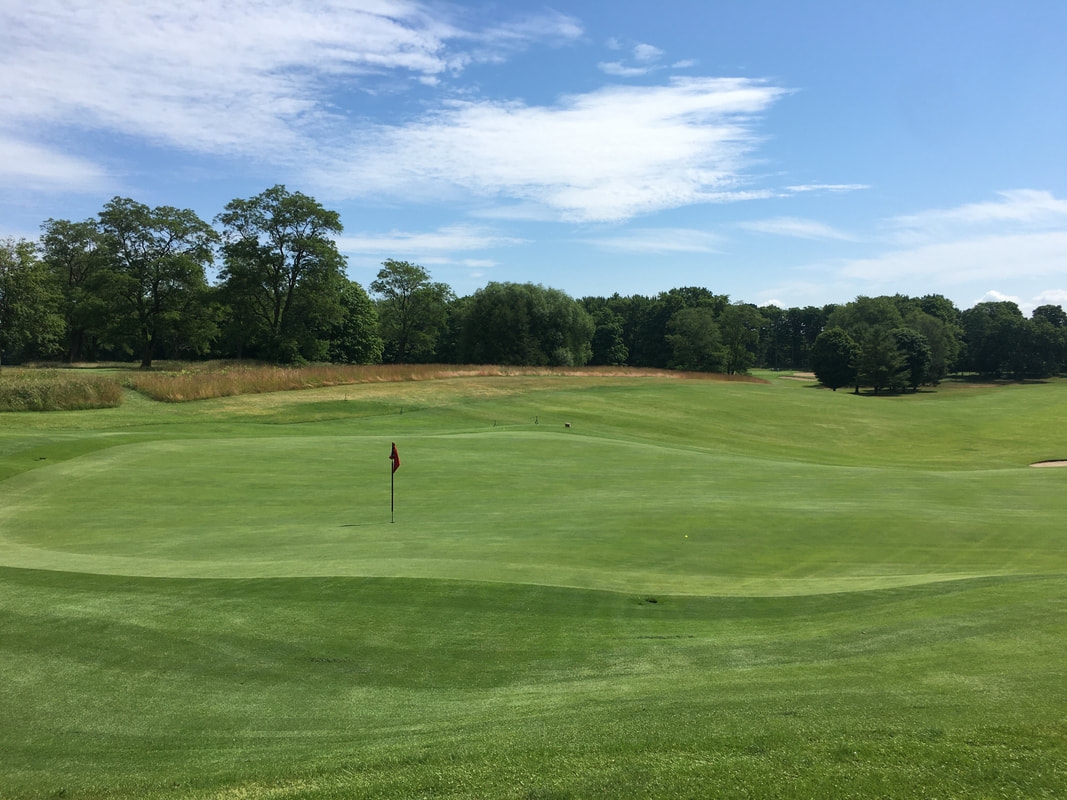
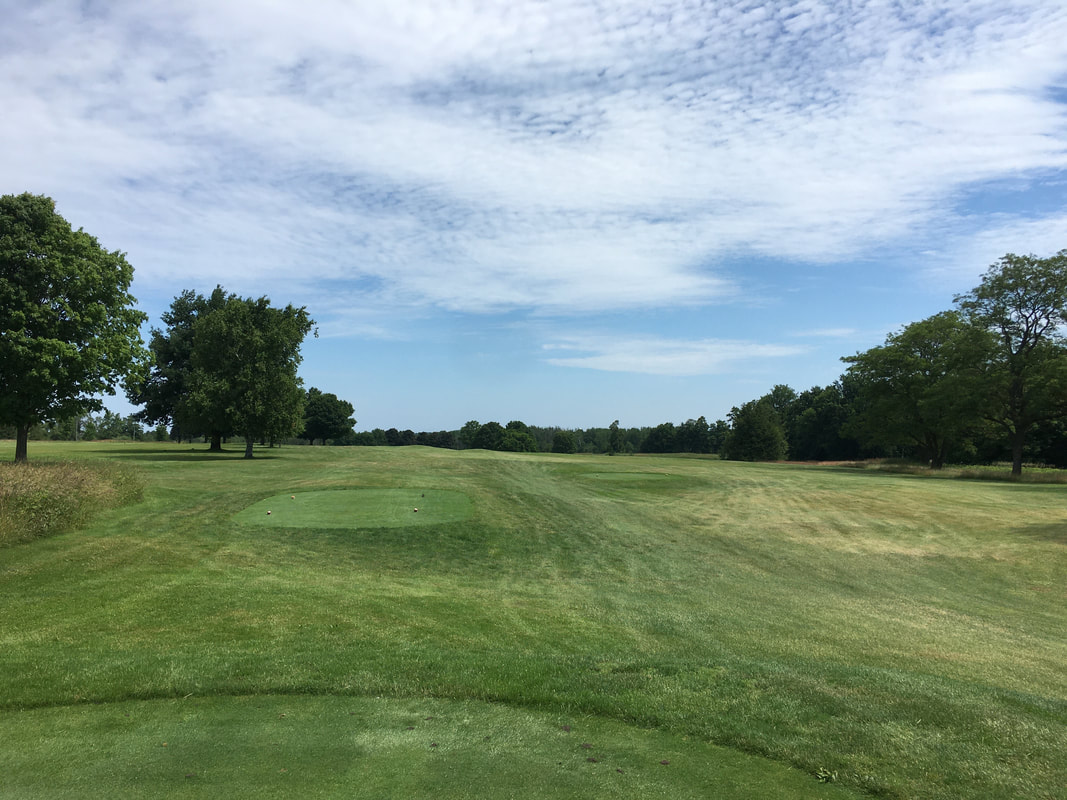
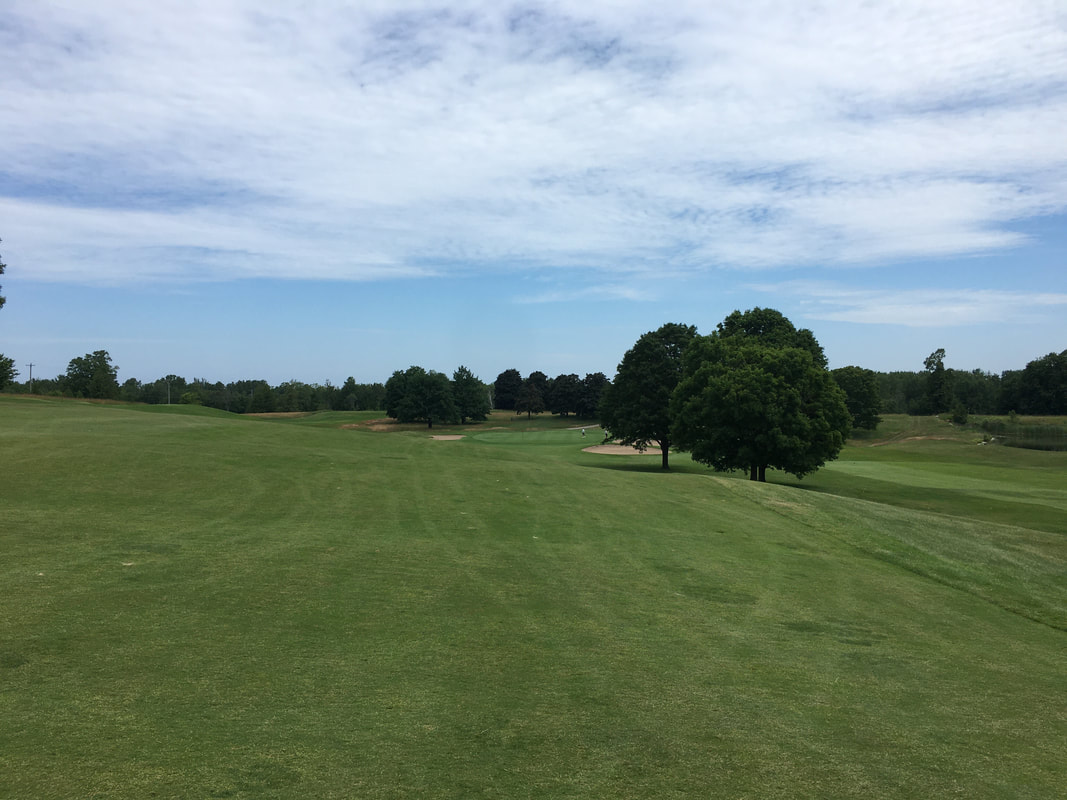
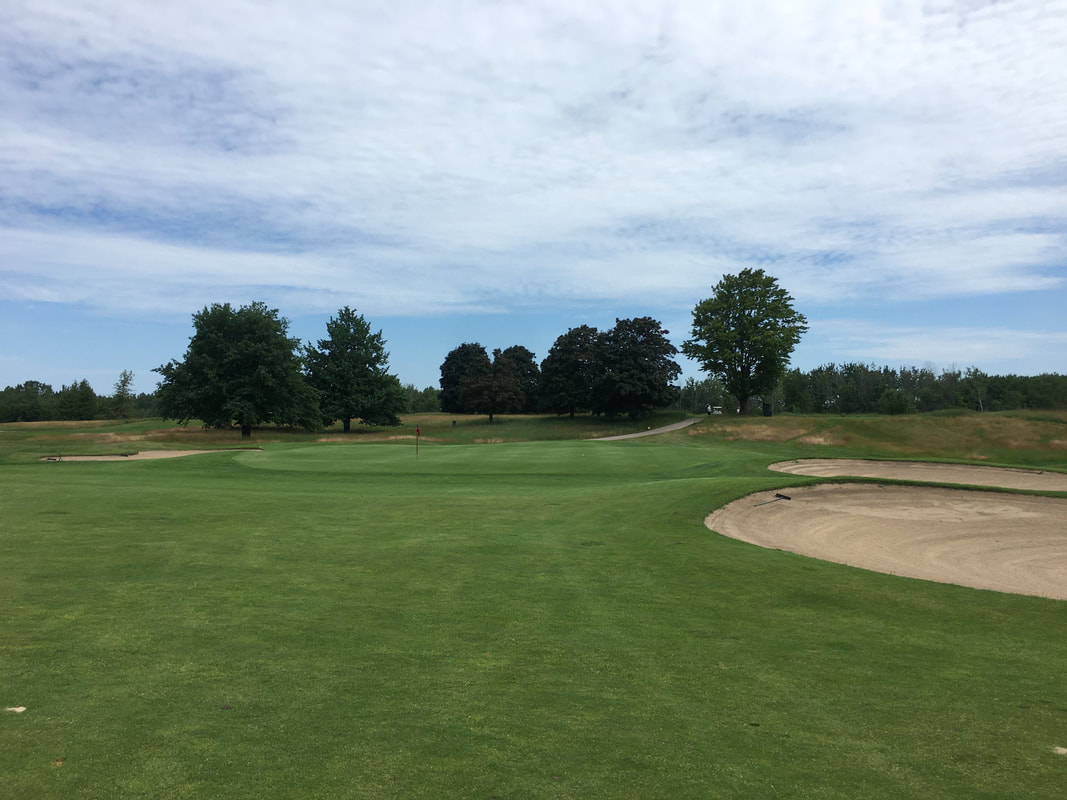
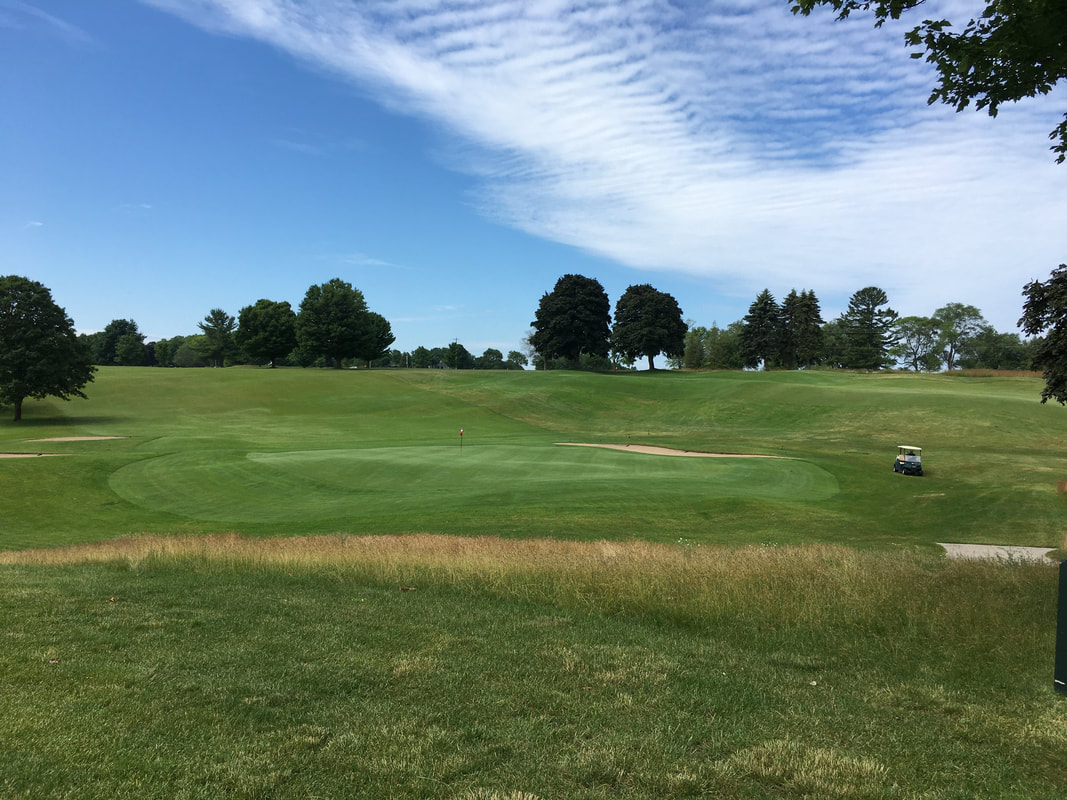
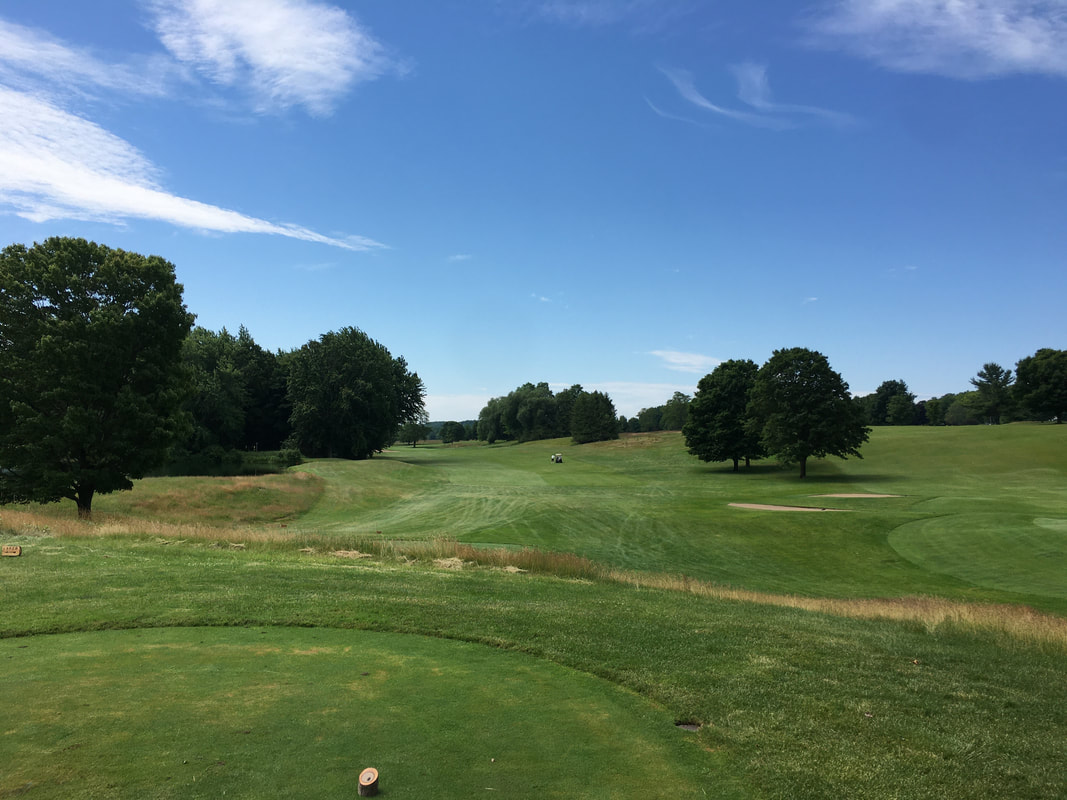
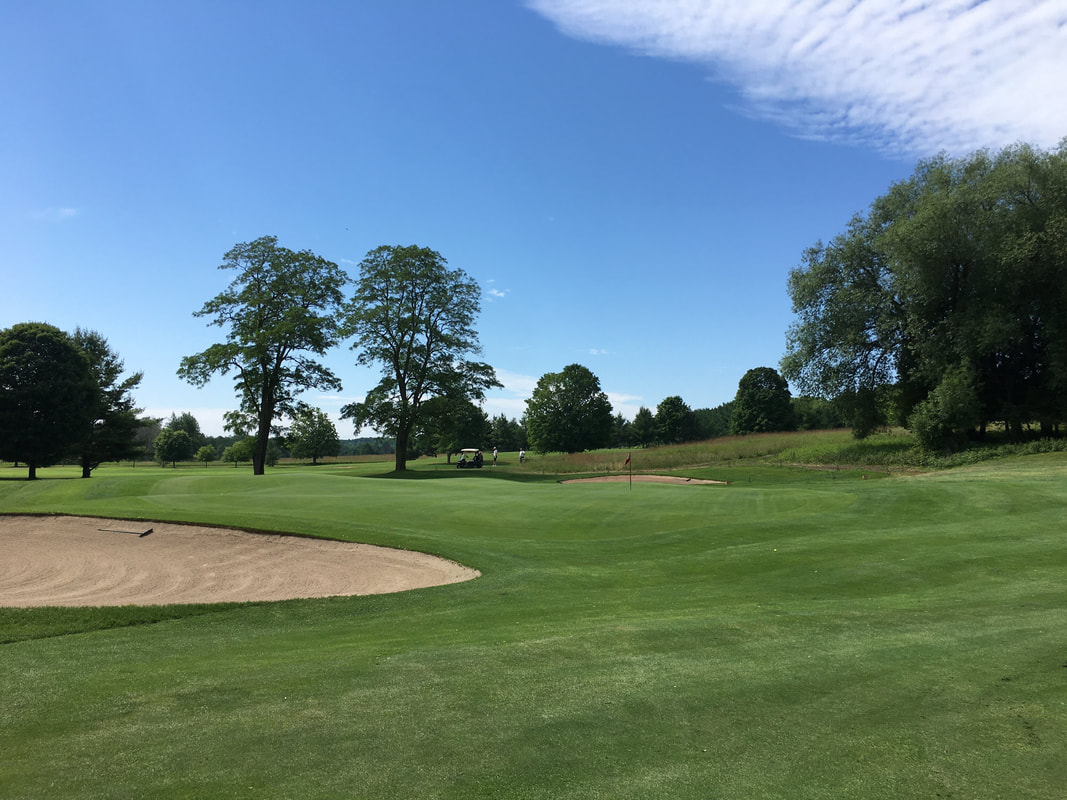
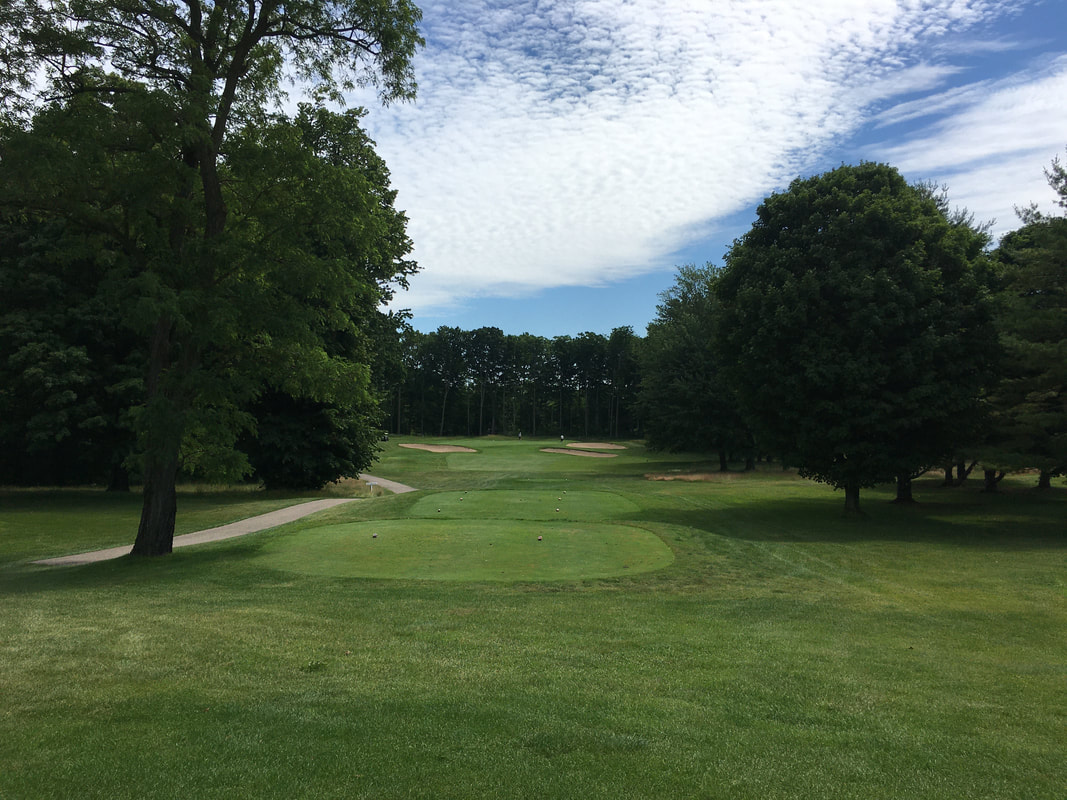
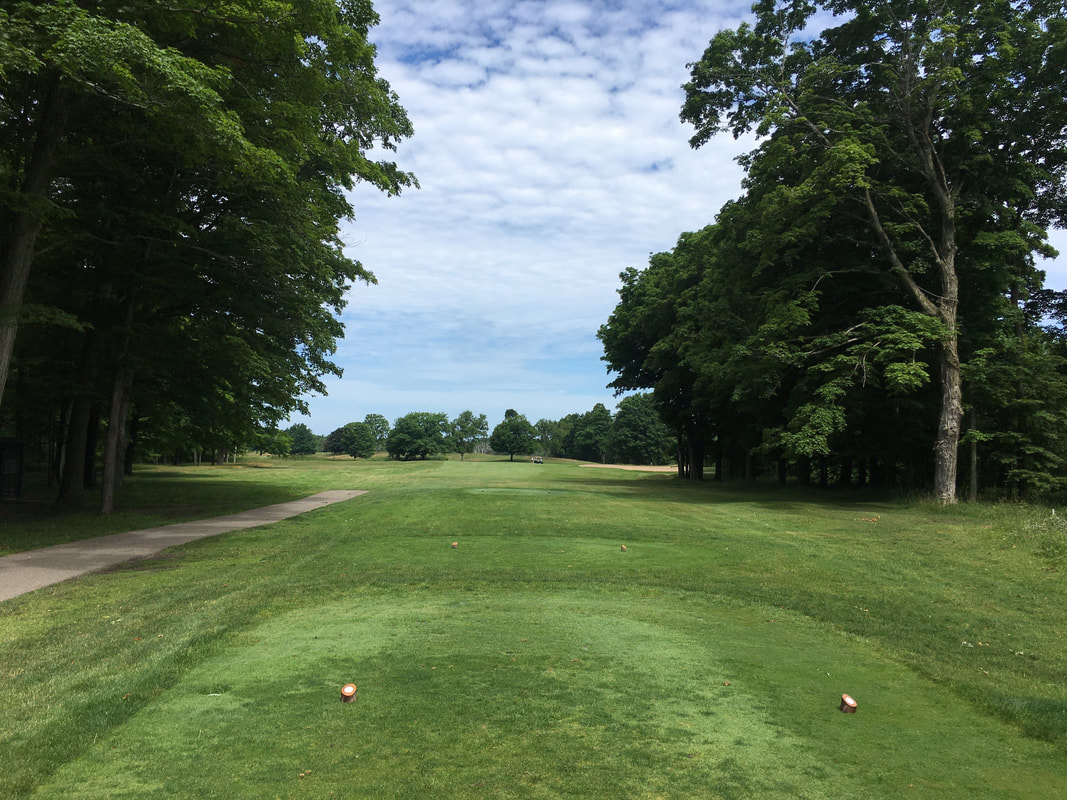
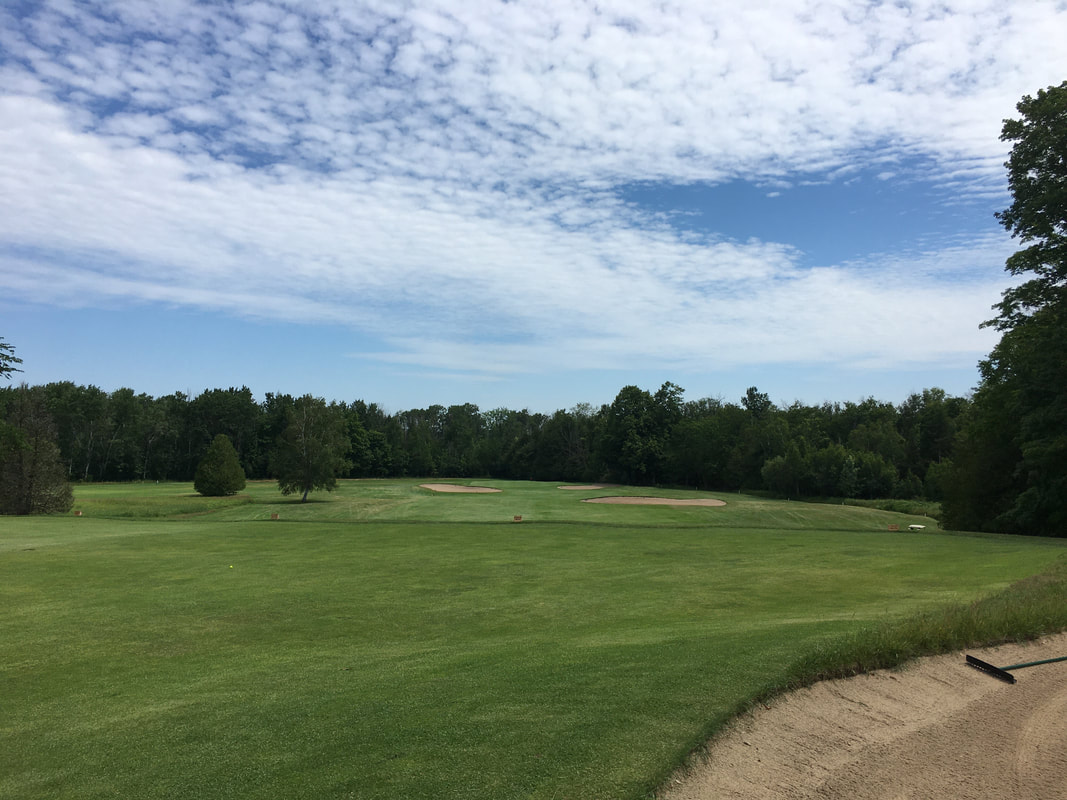
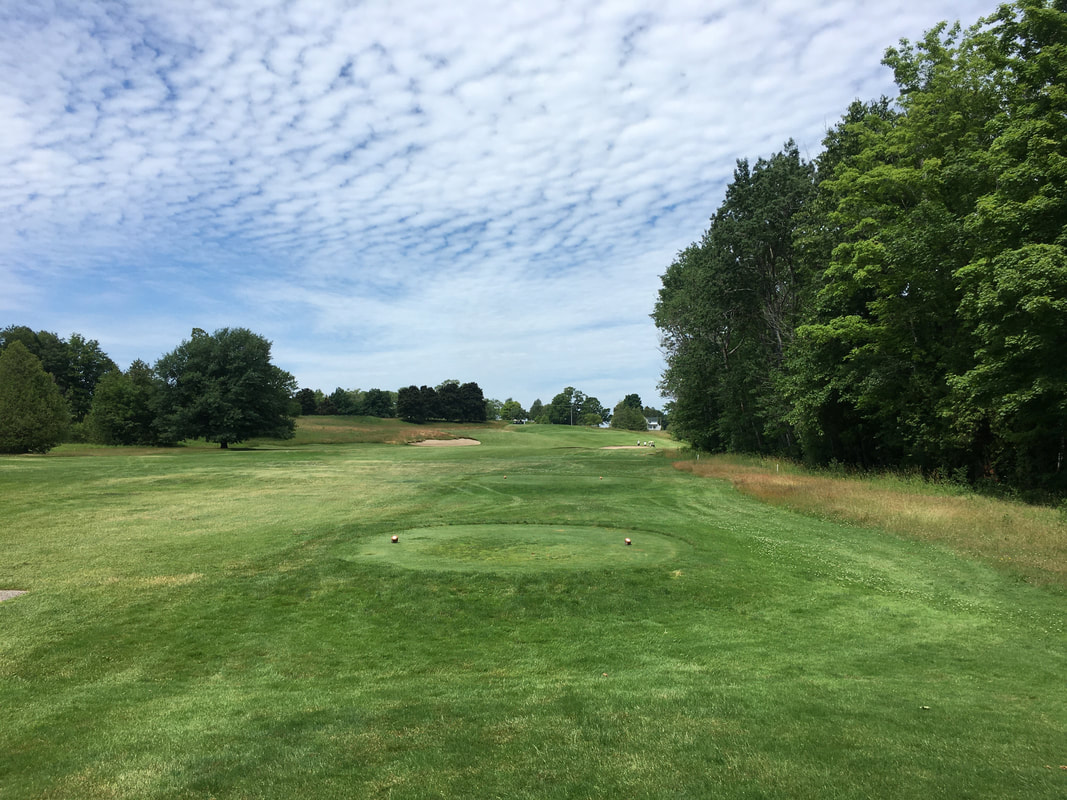
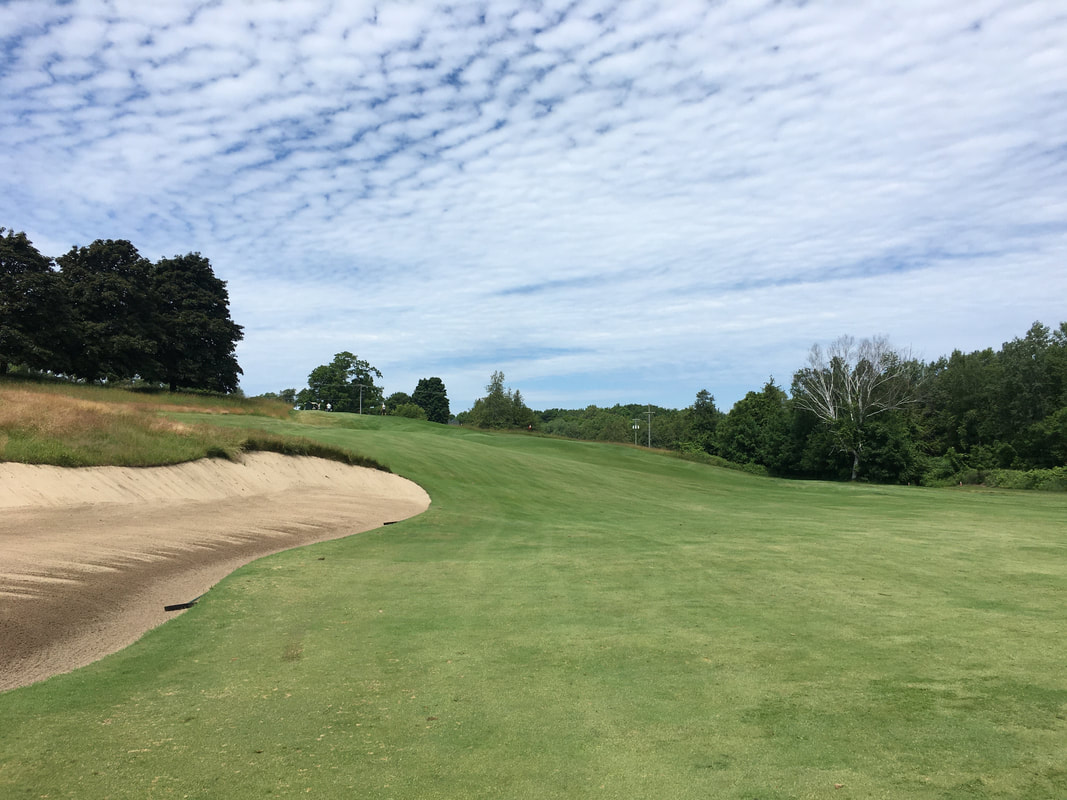
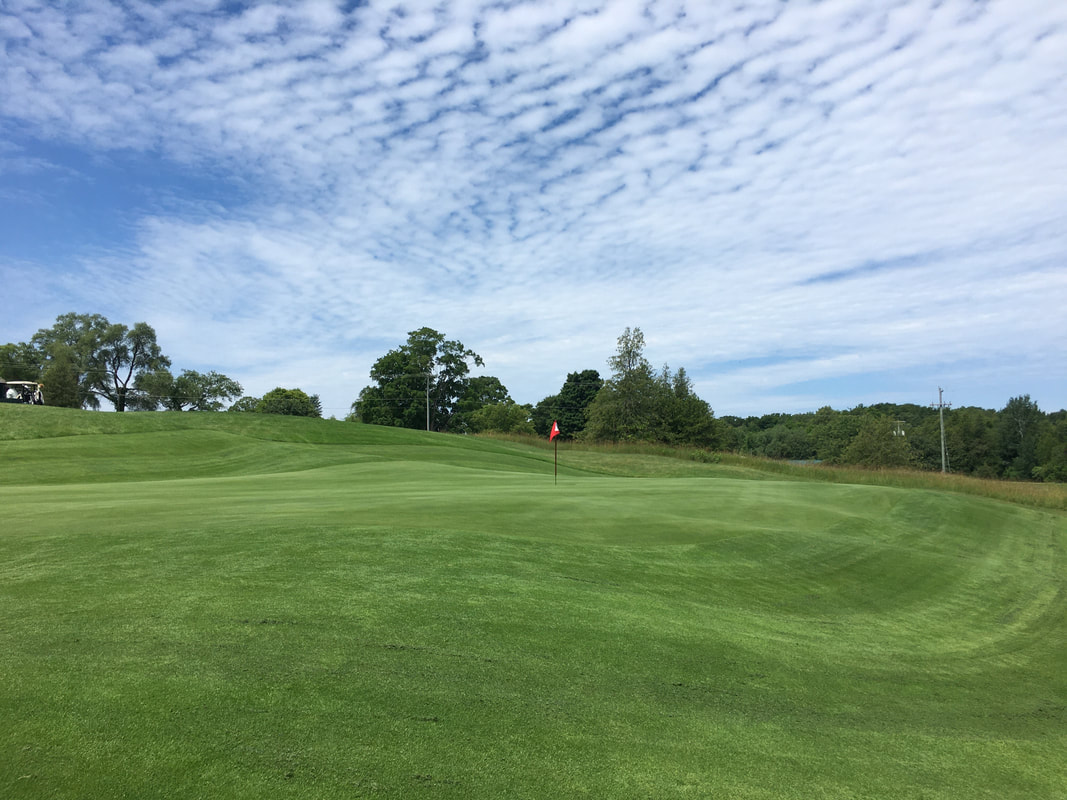
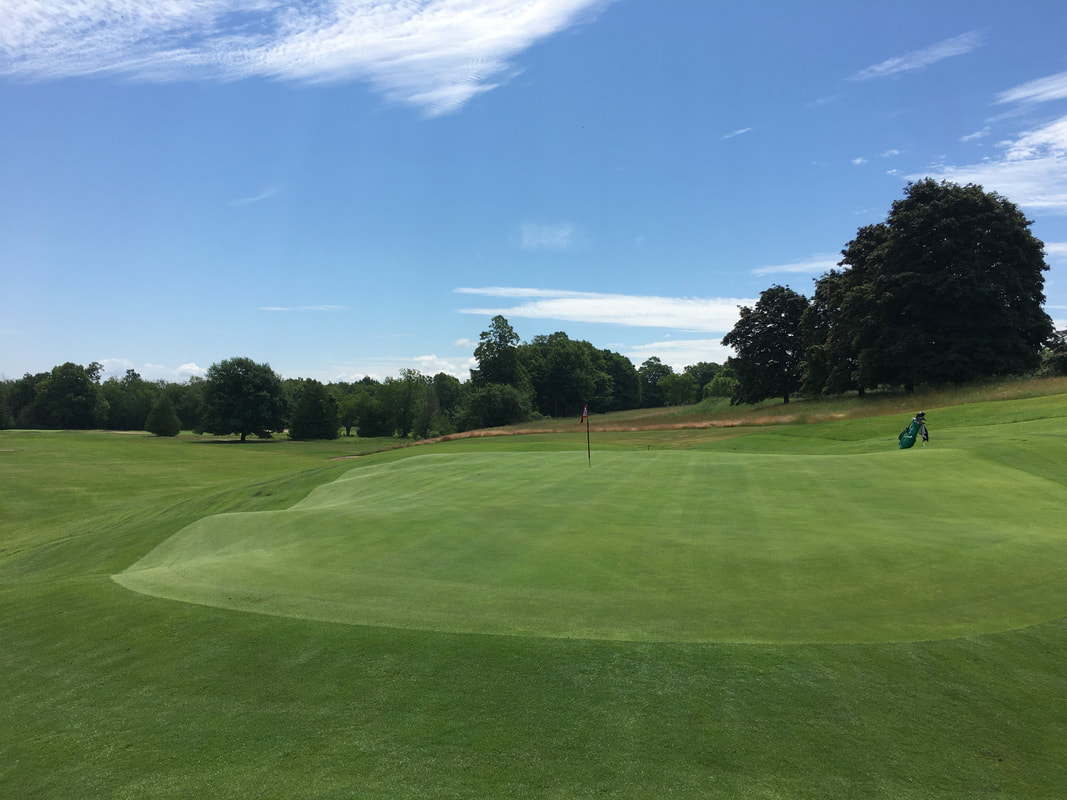
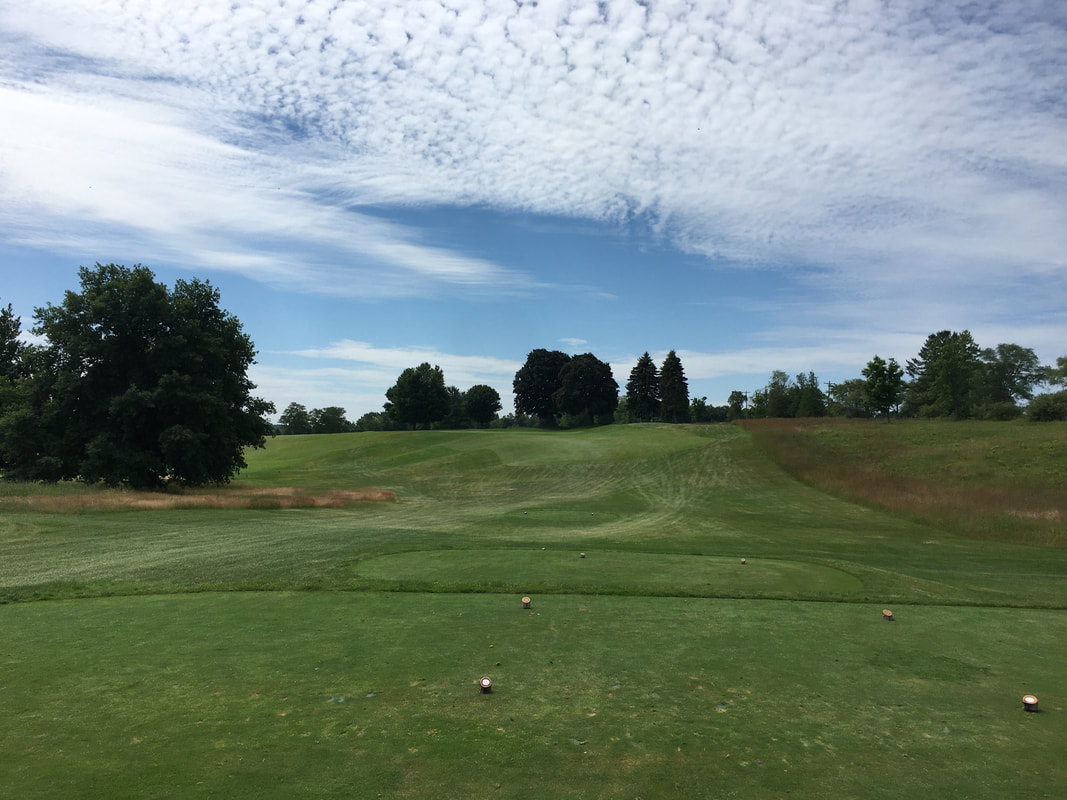
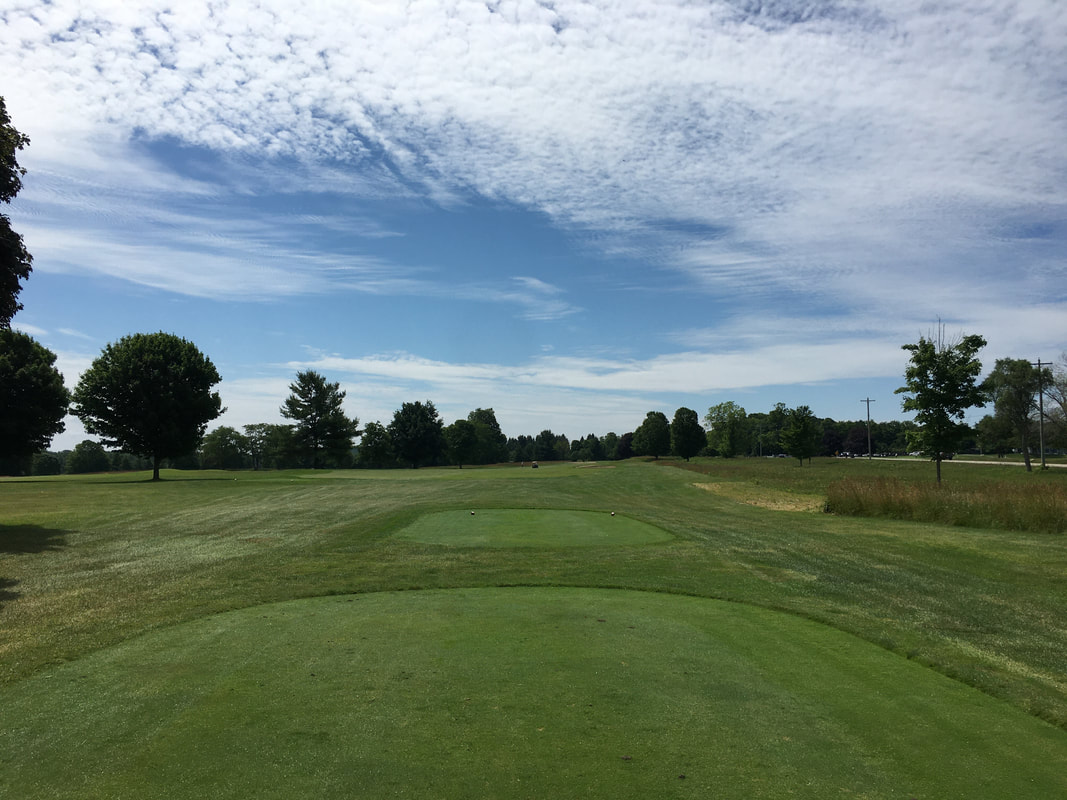
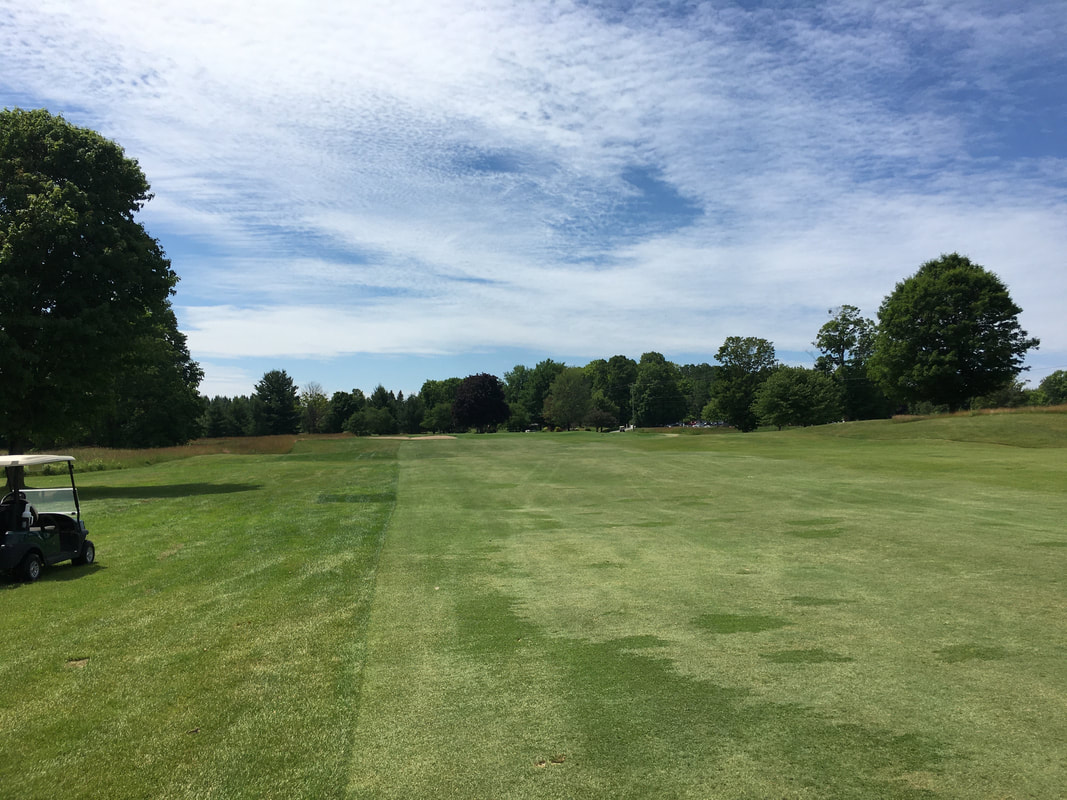
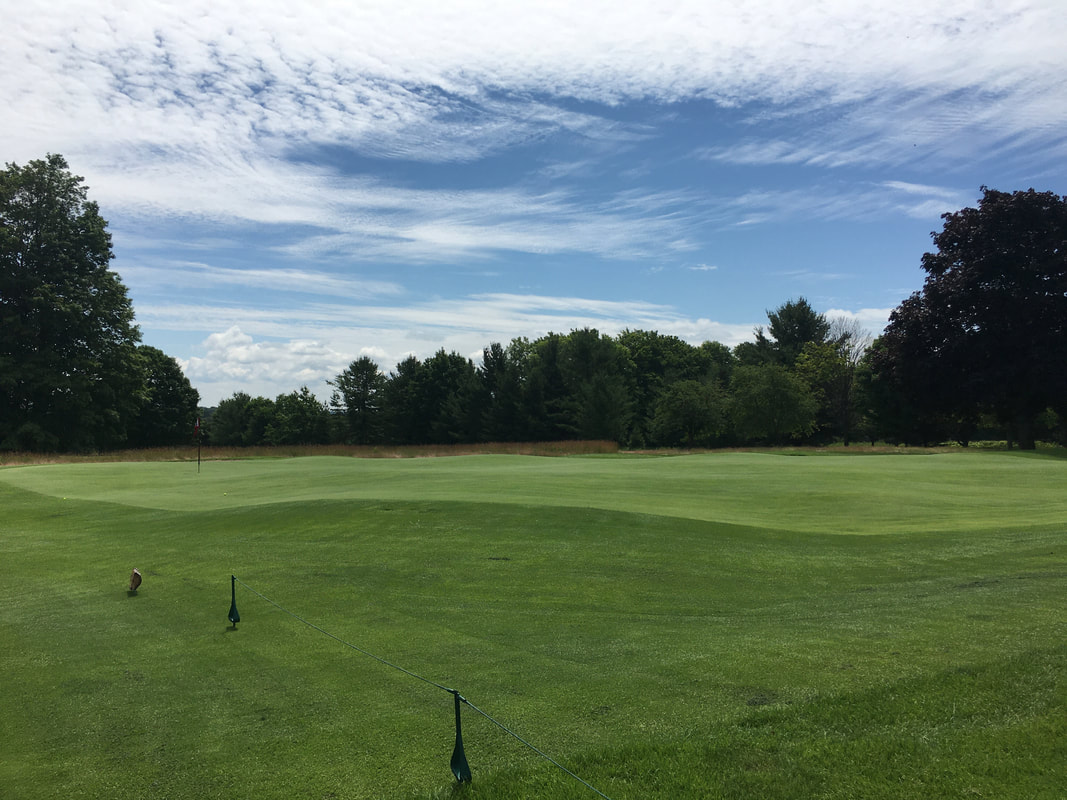
 RSS Feed
RSS Feed